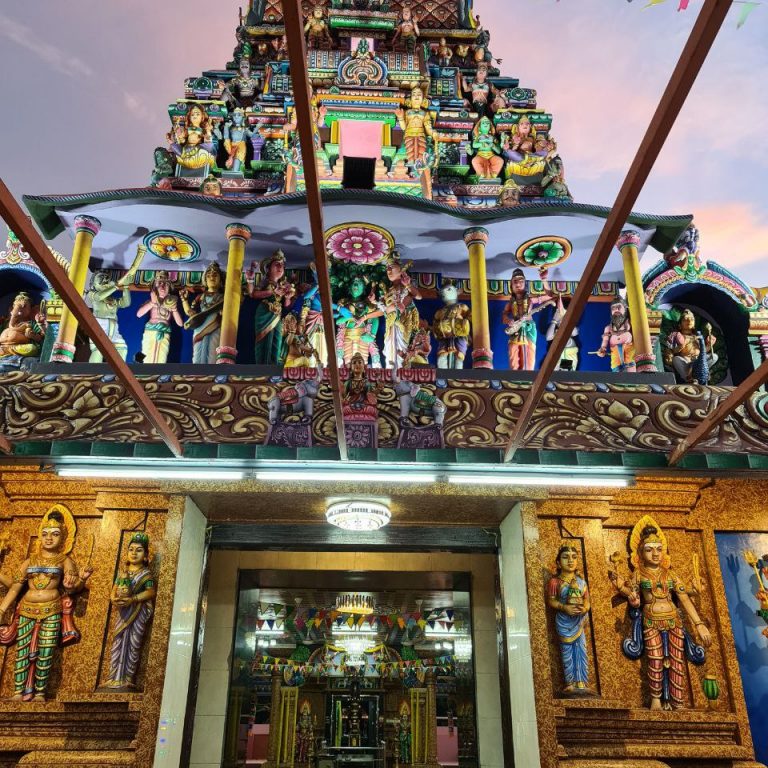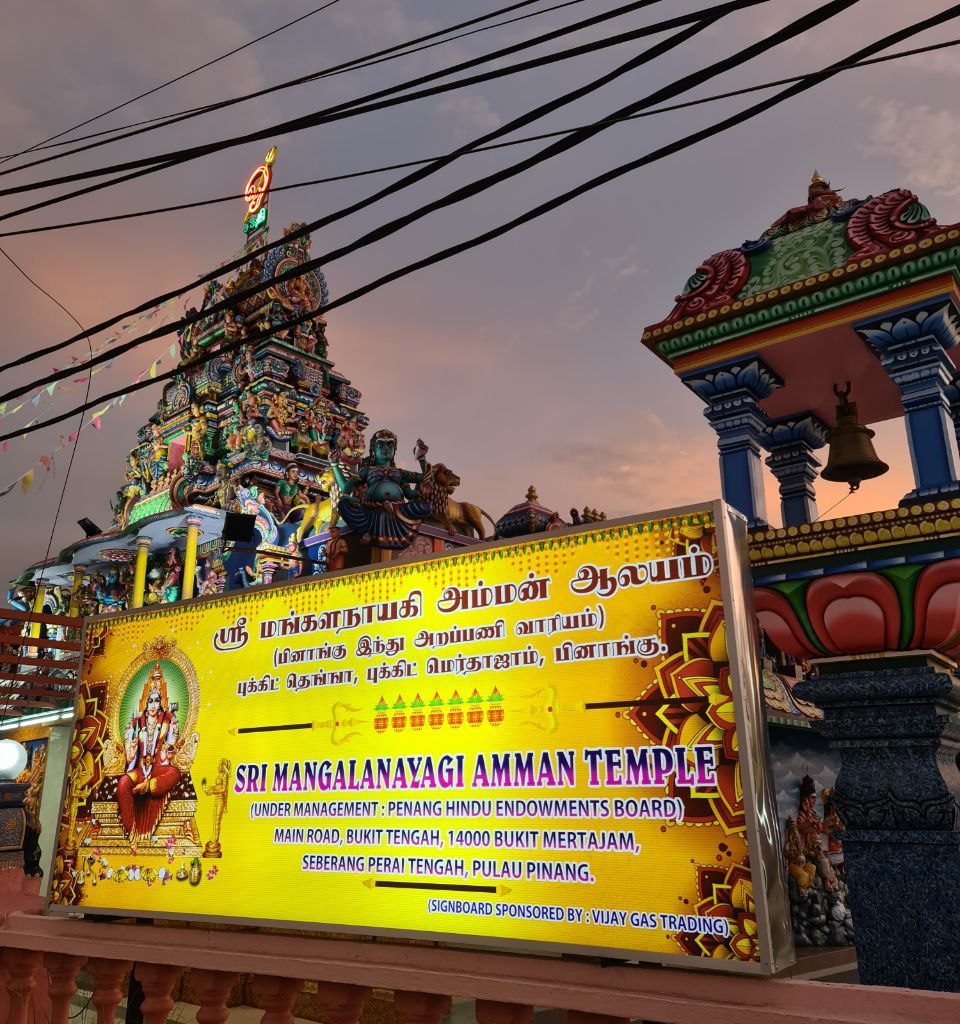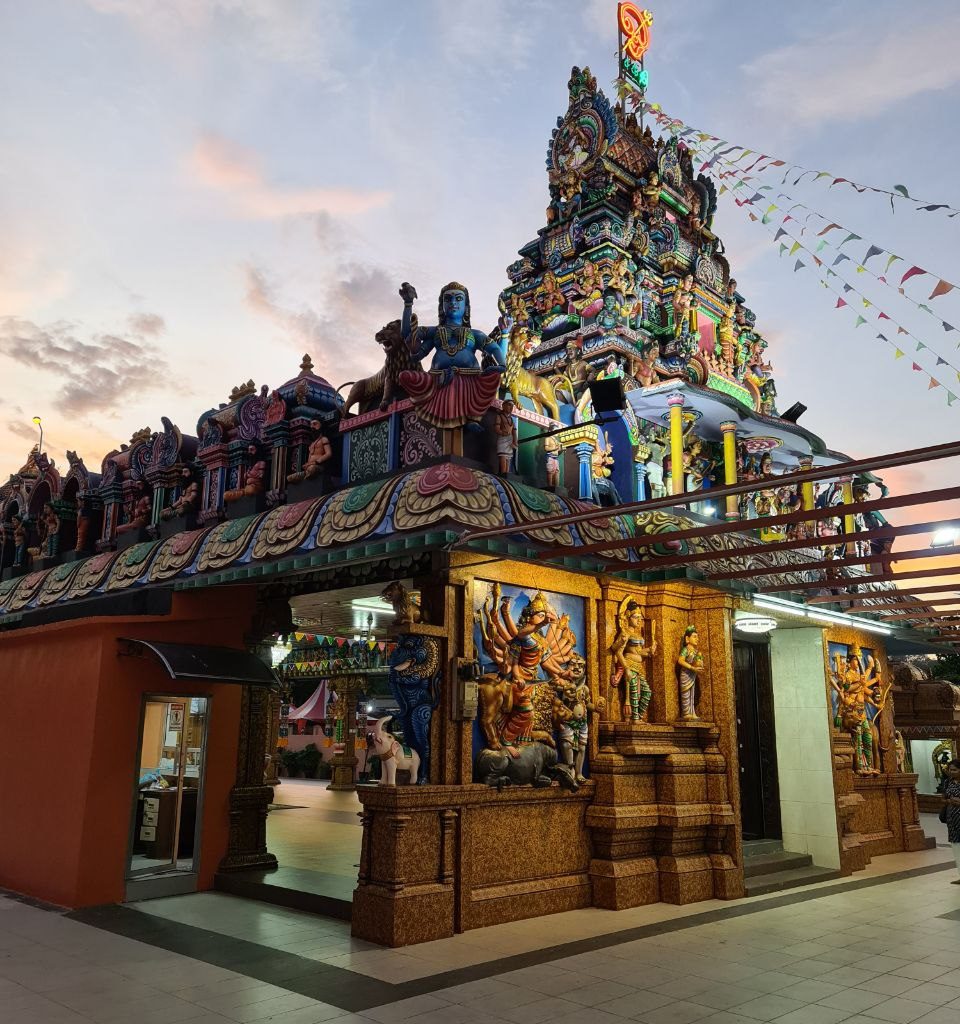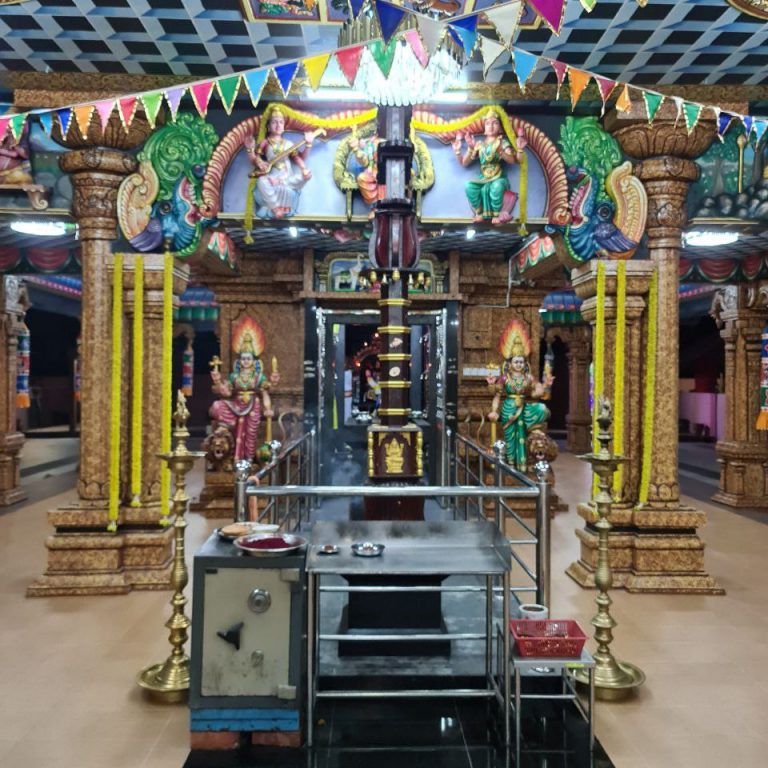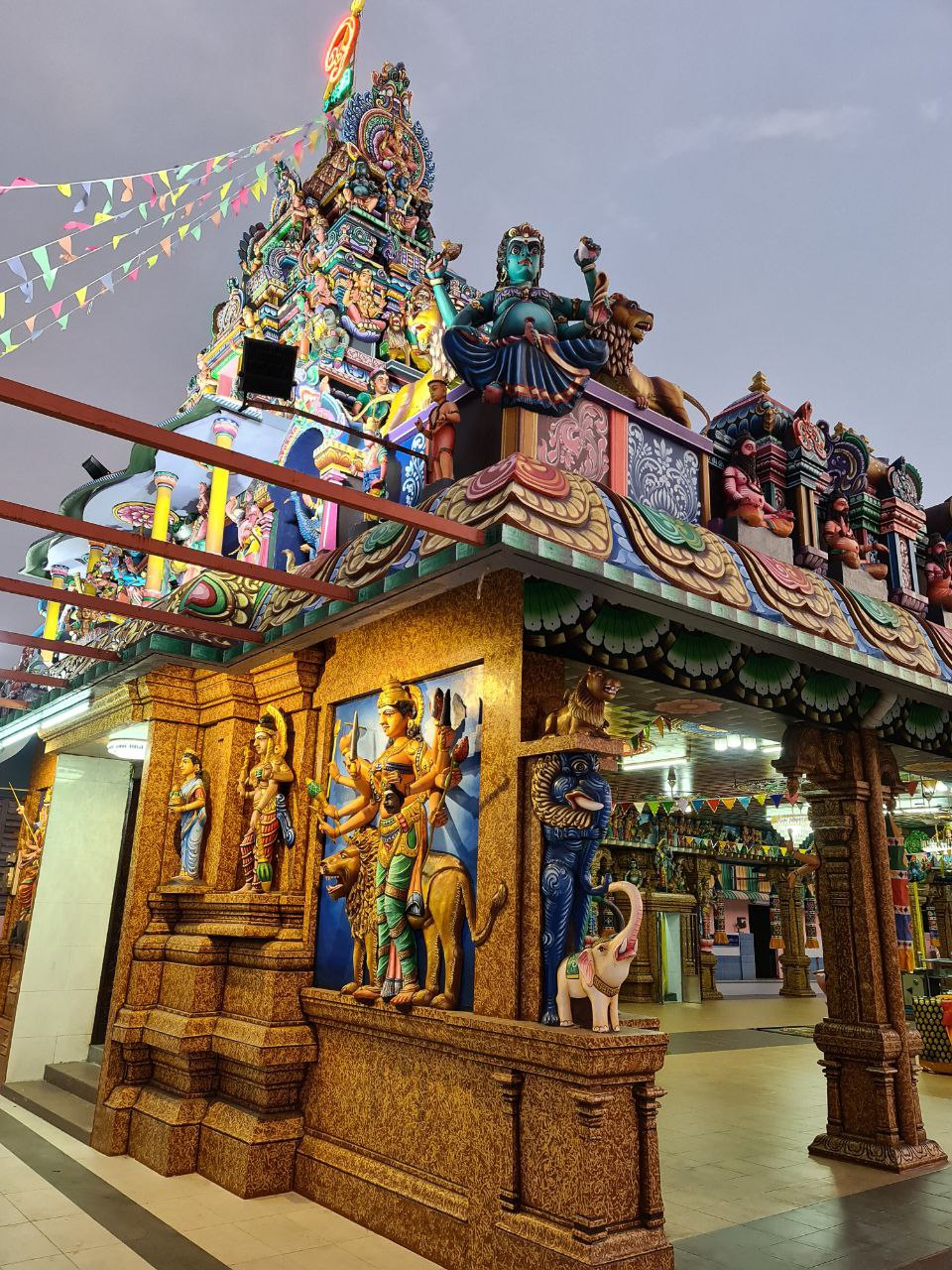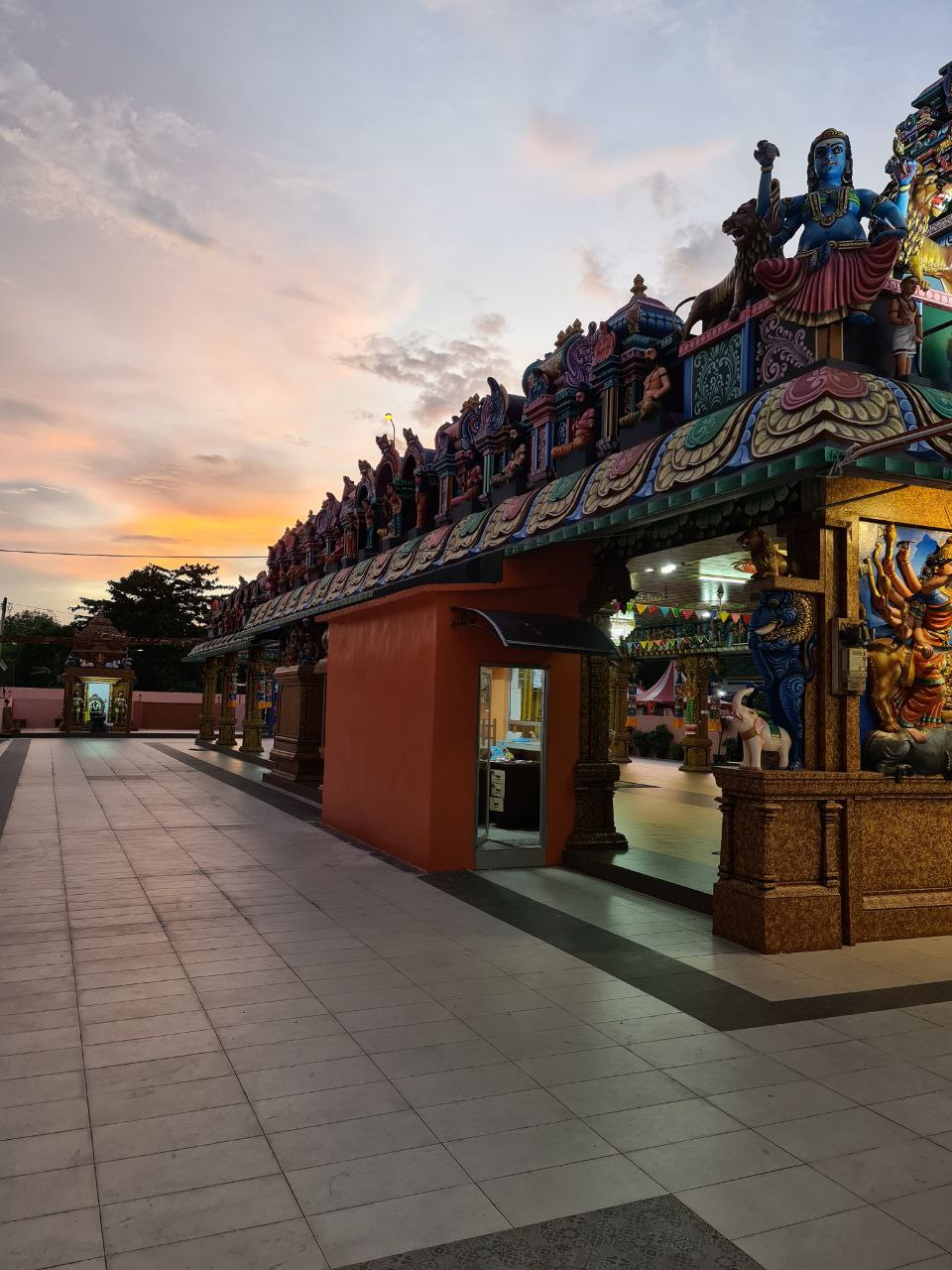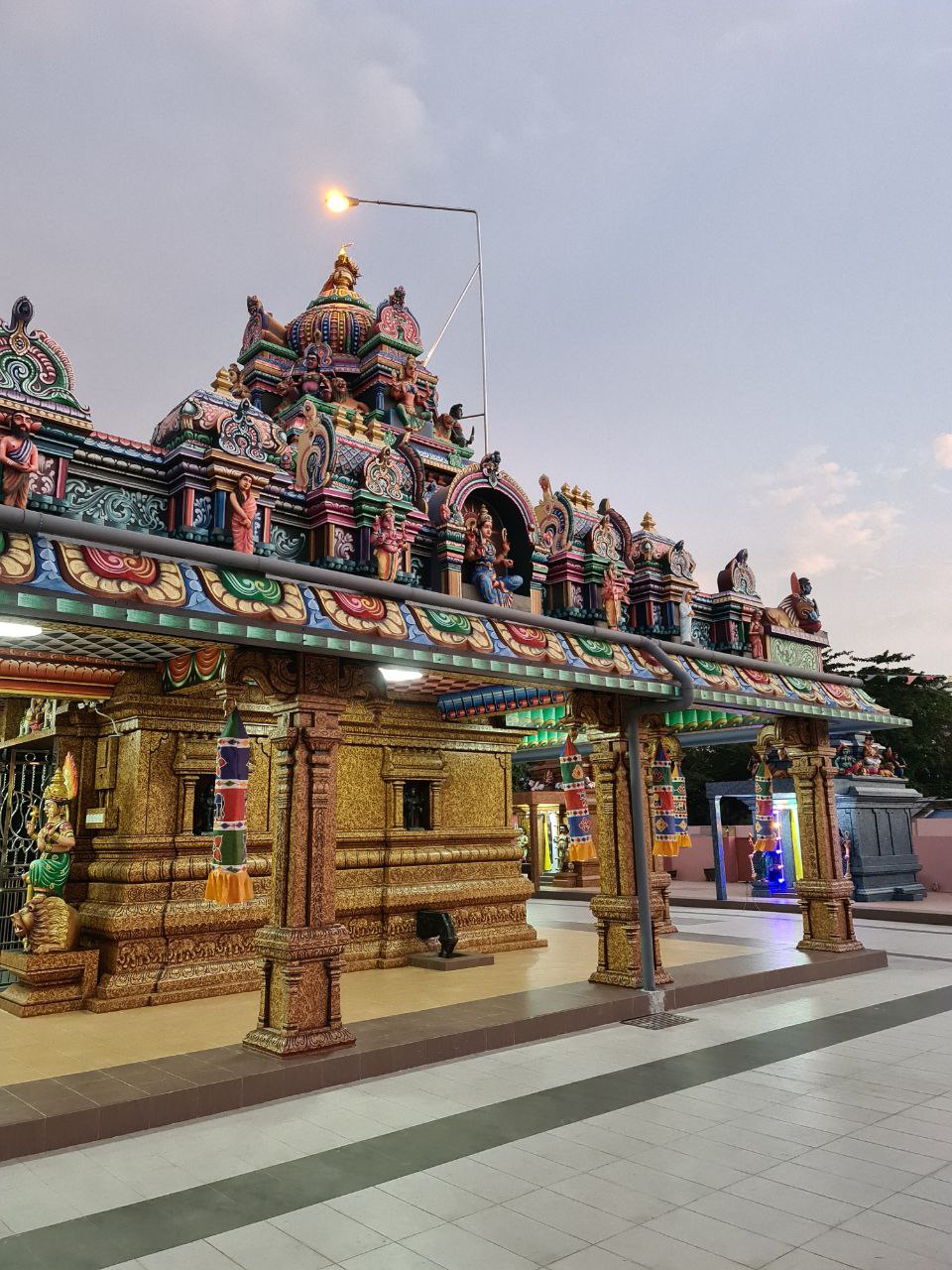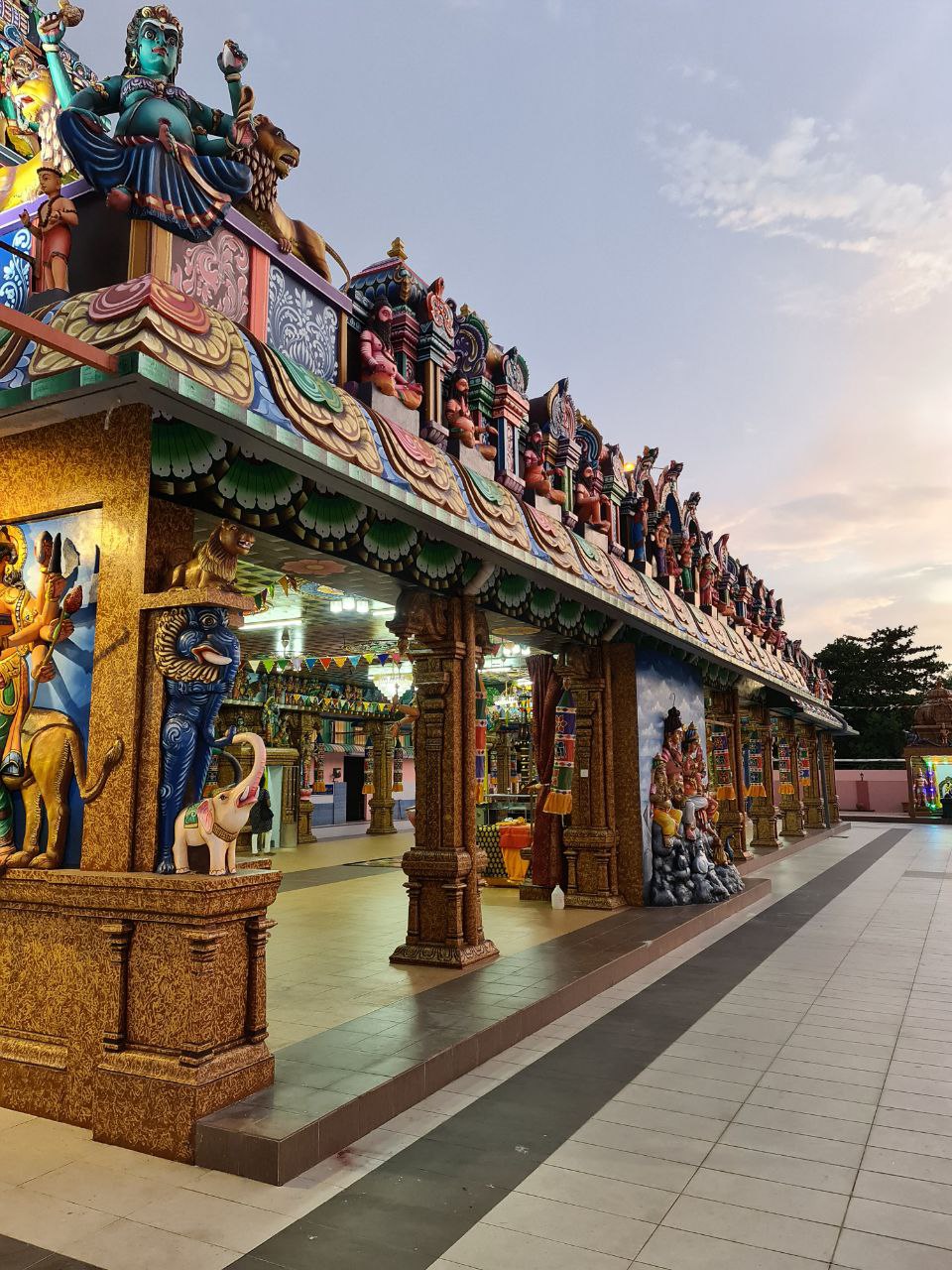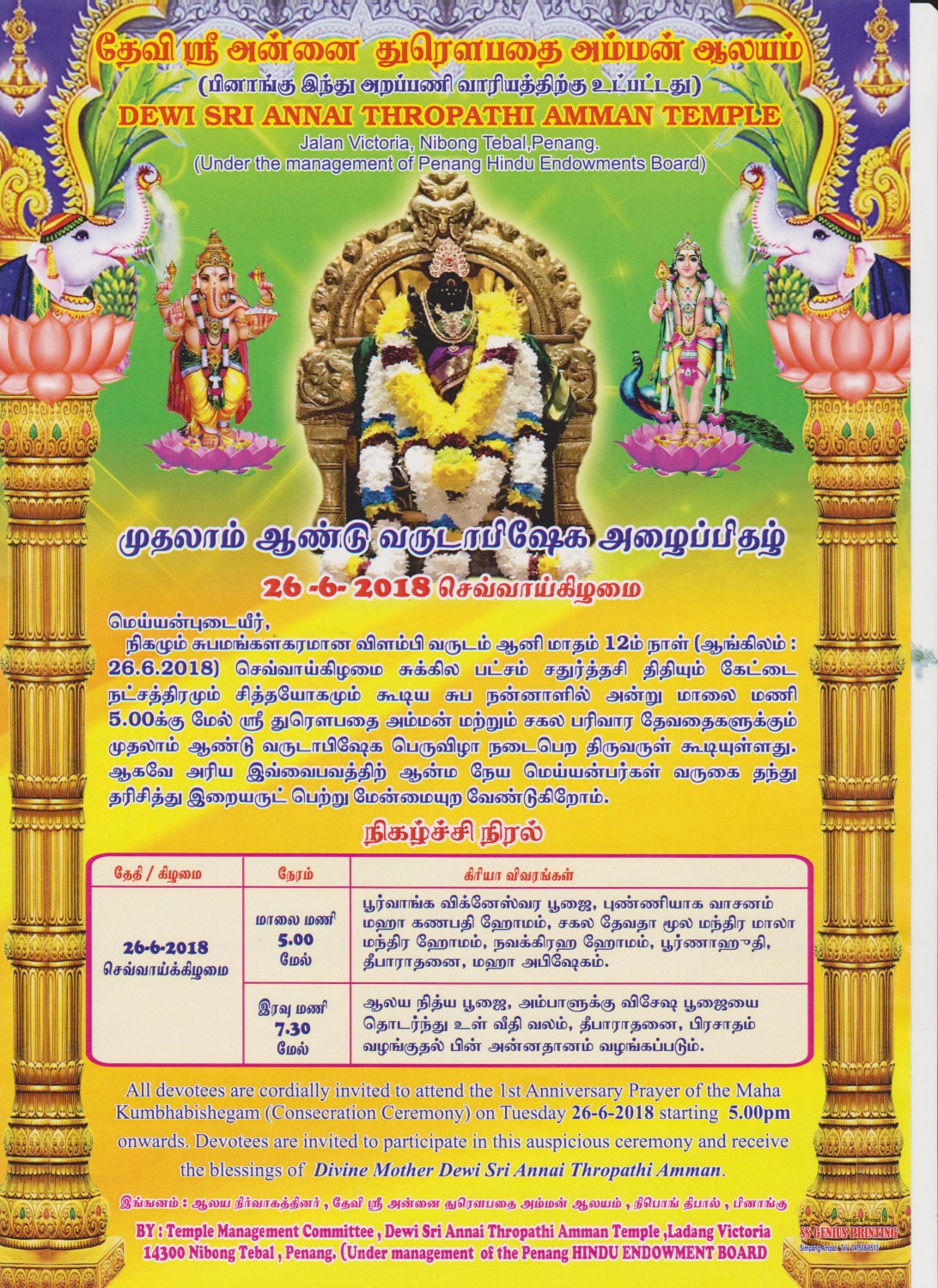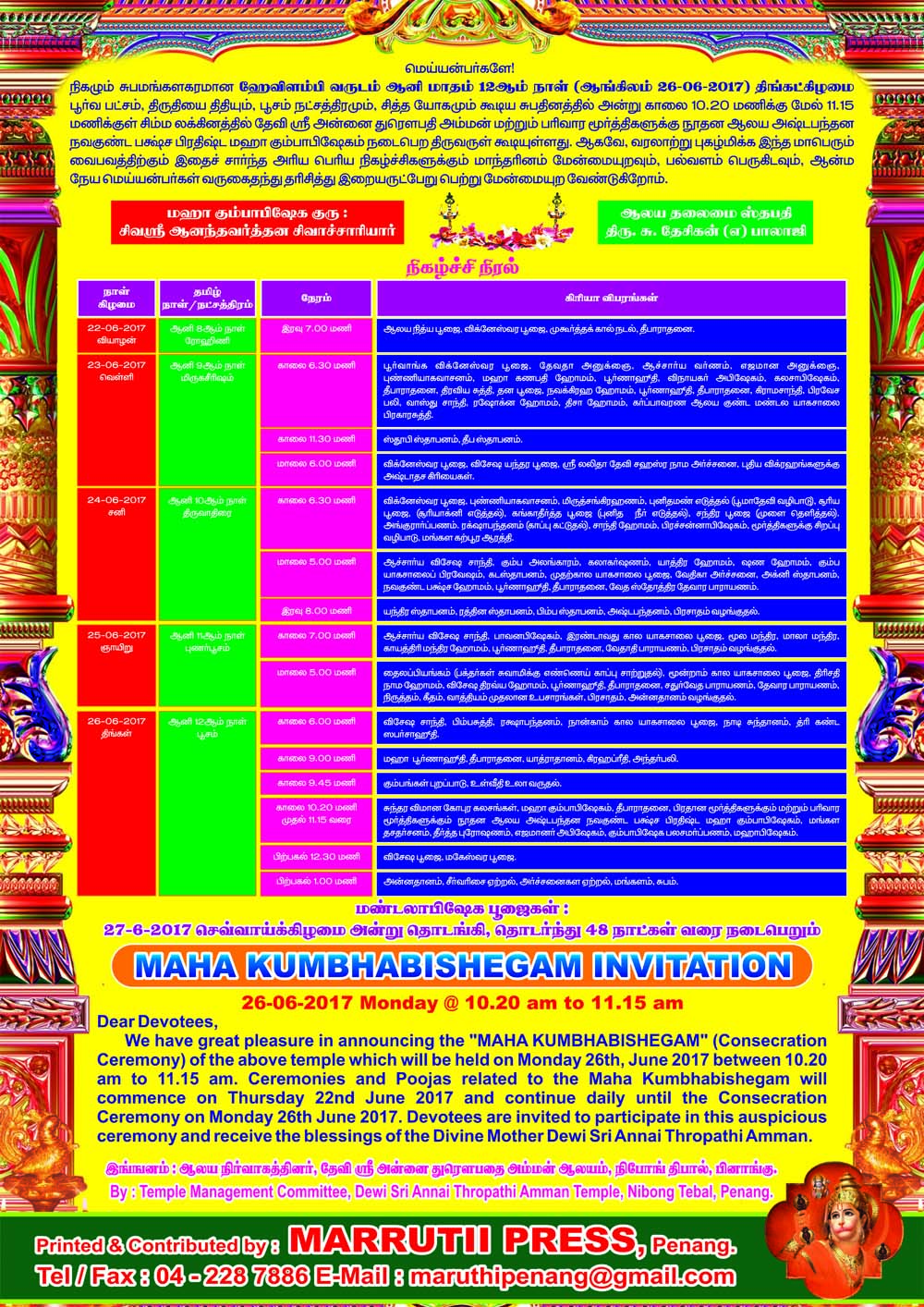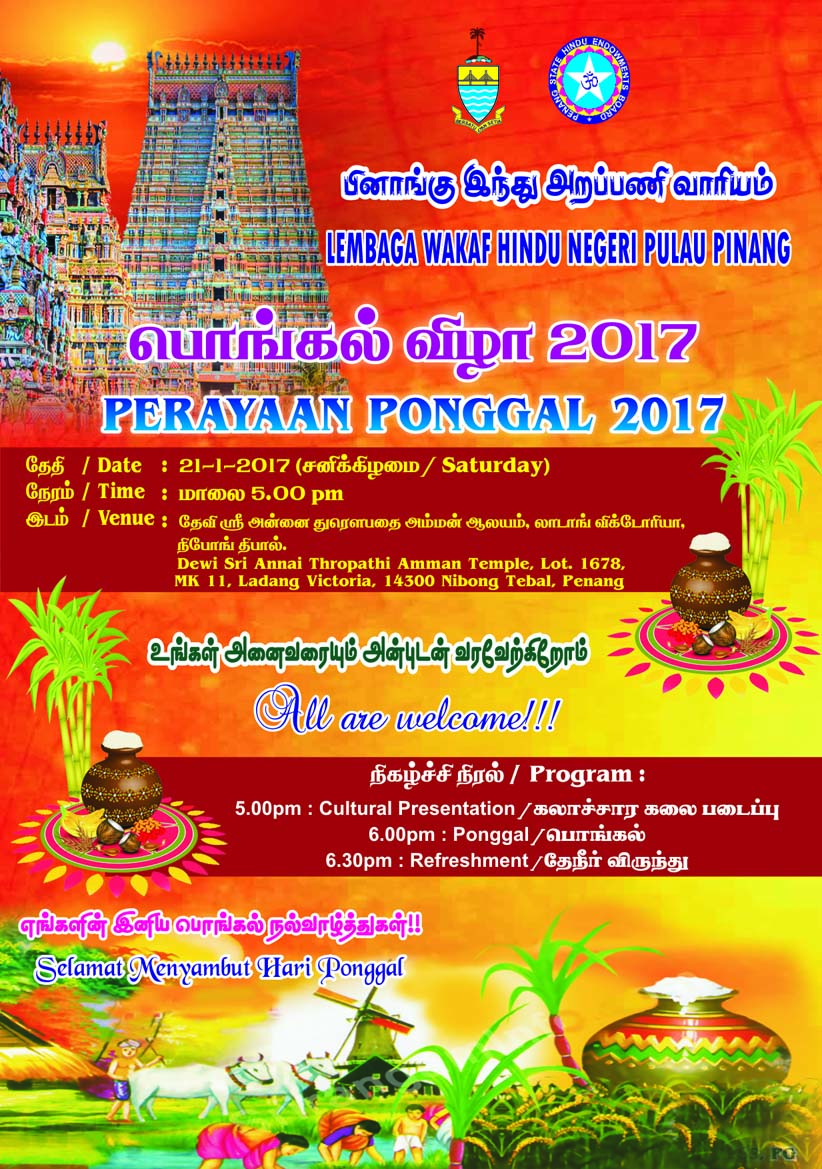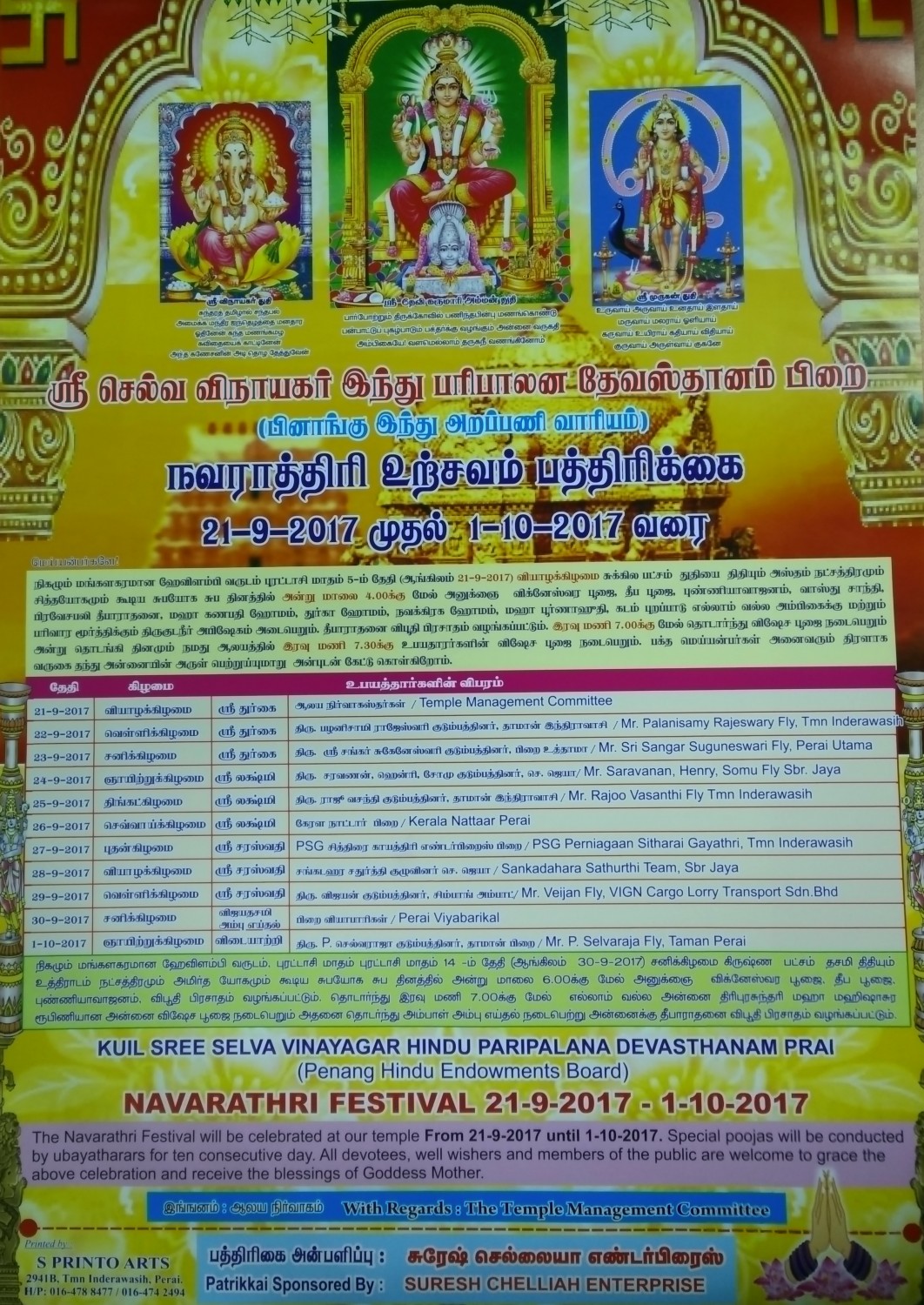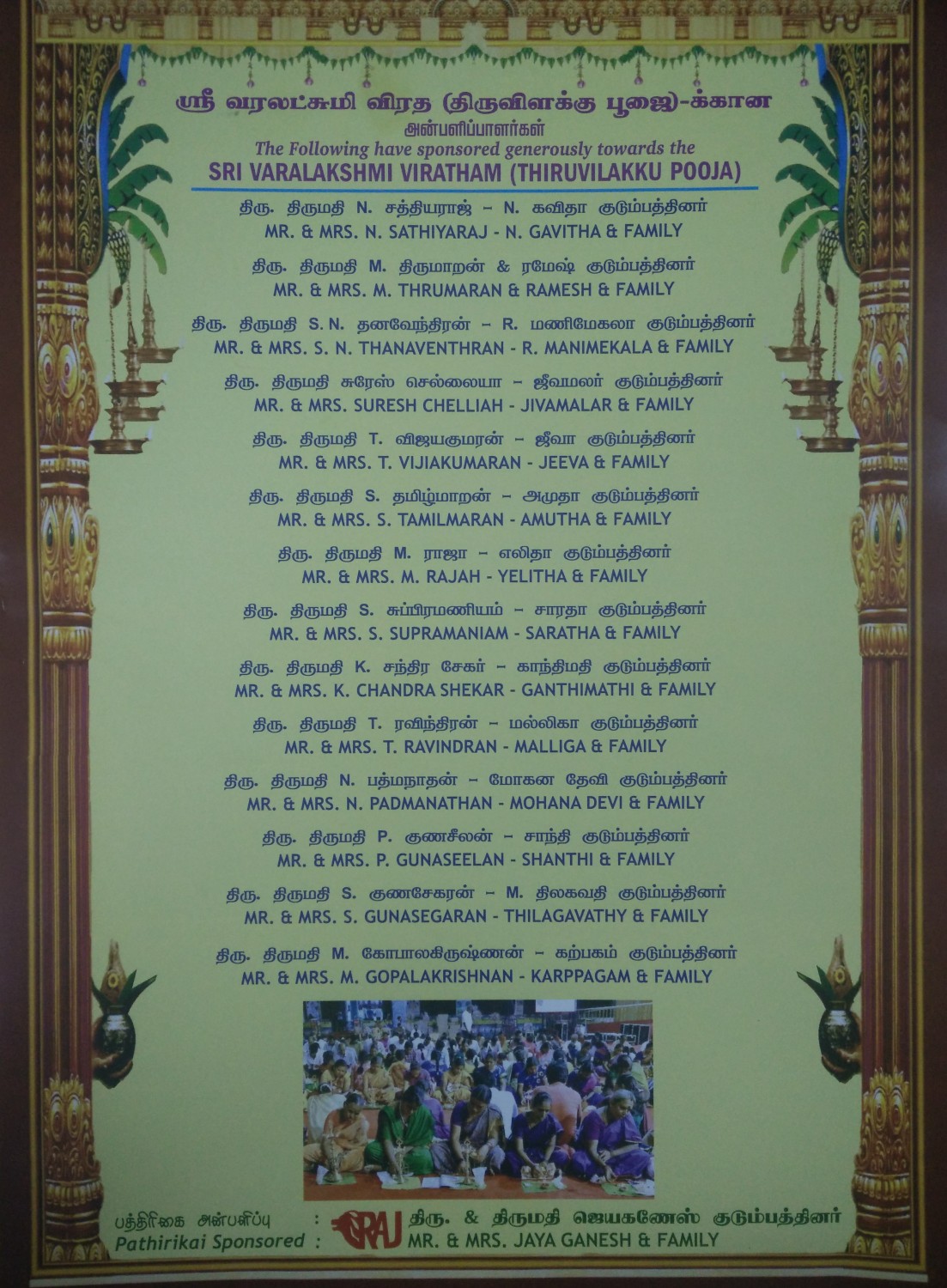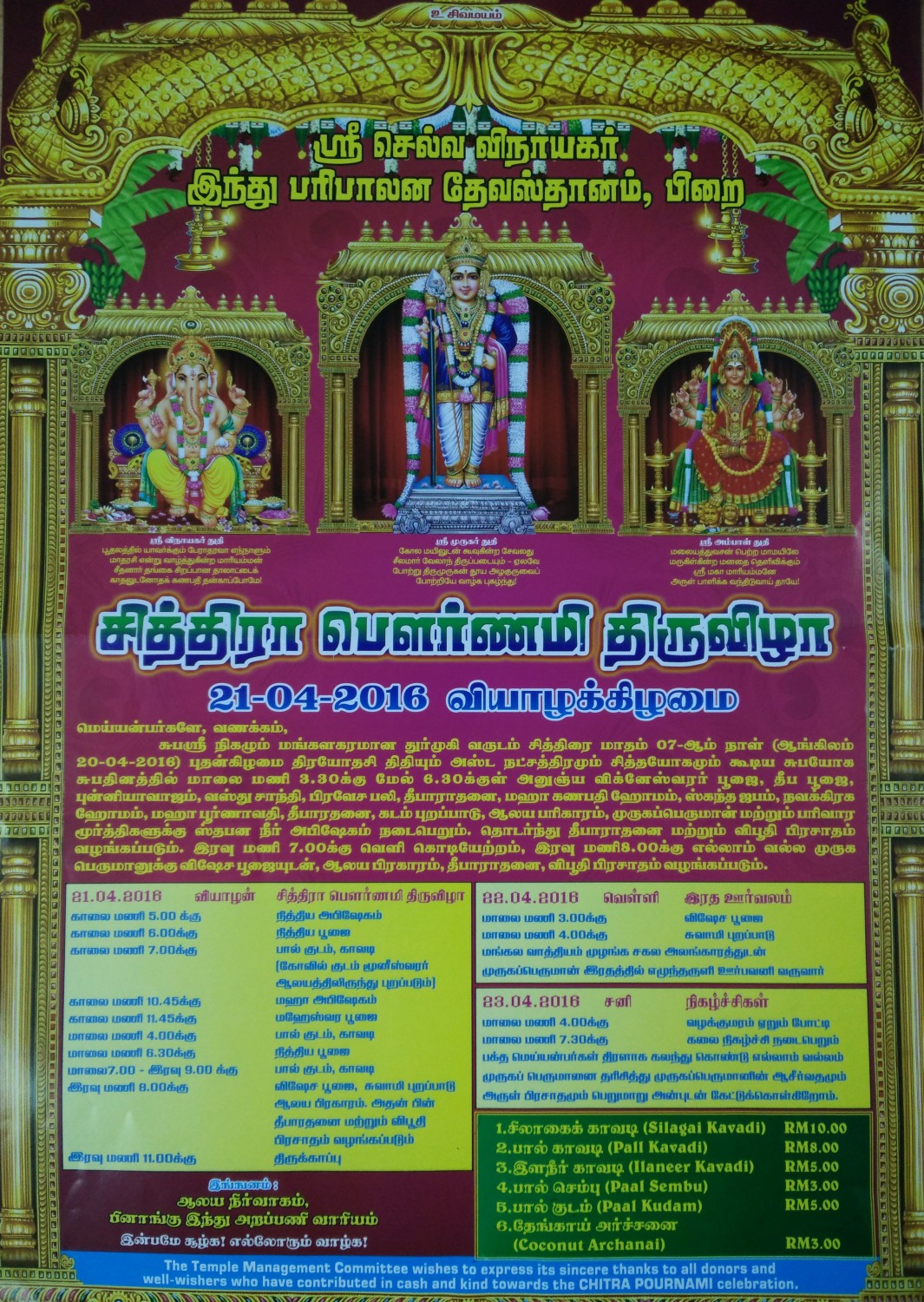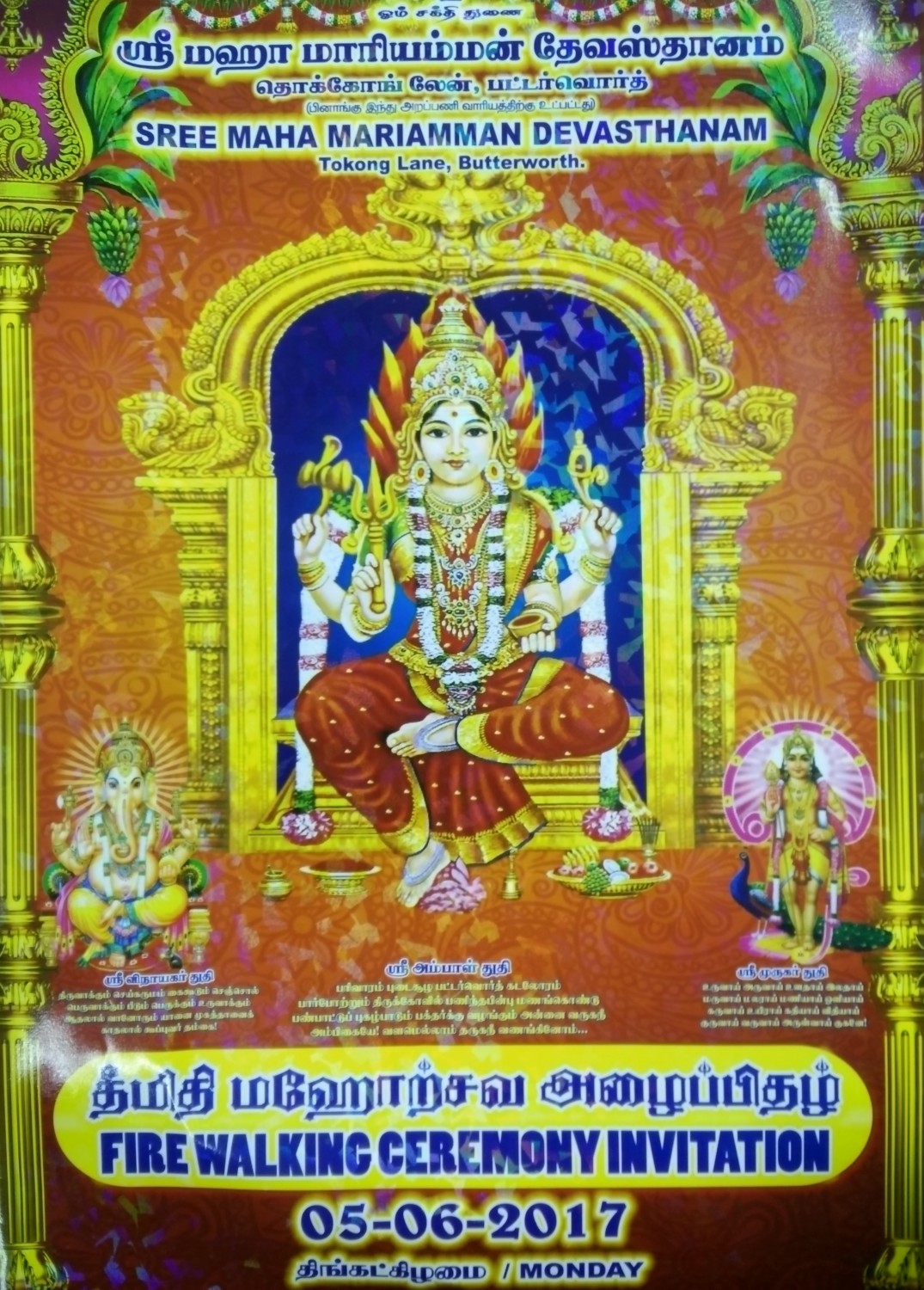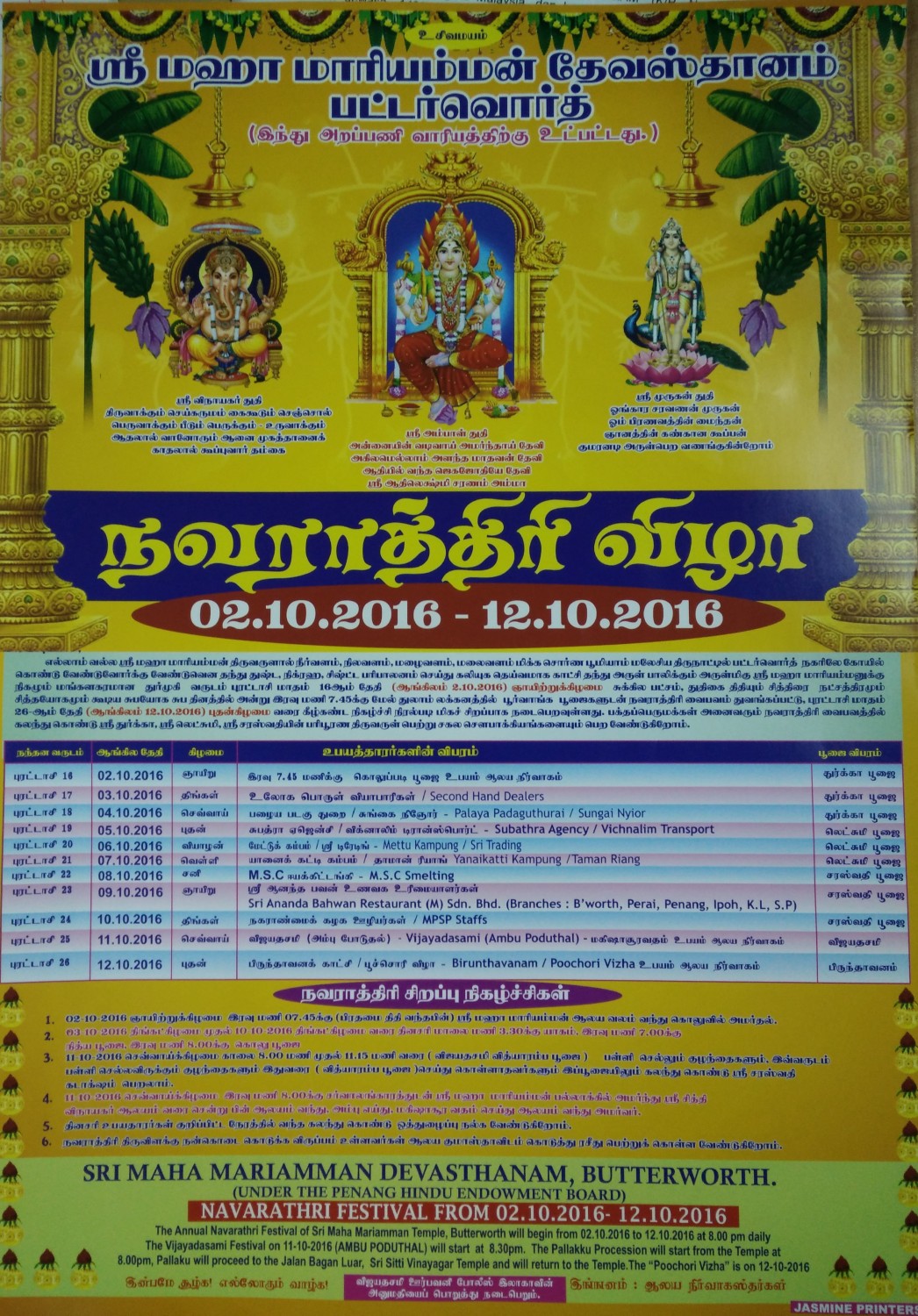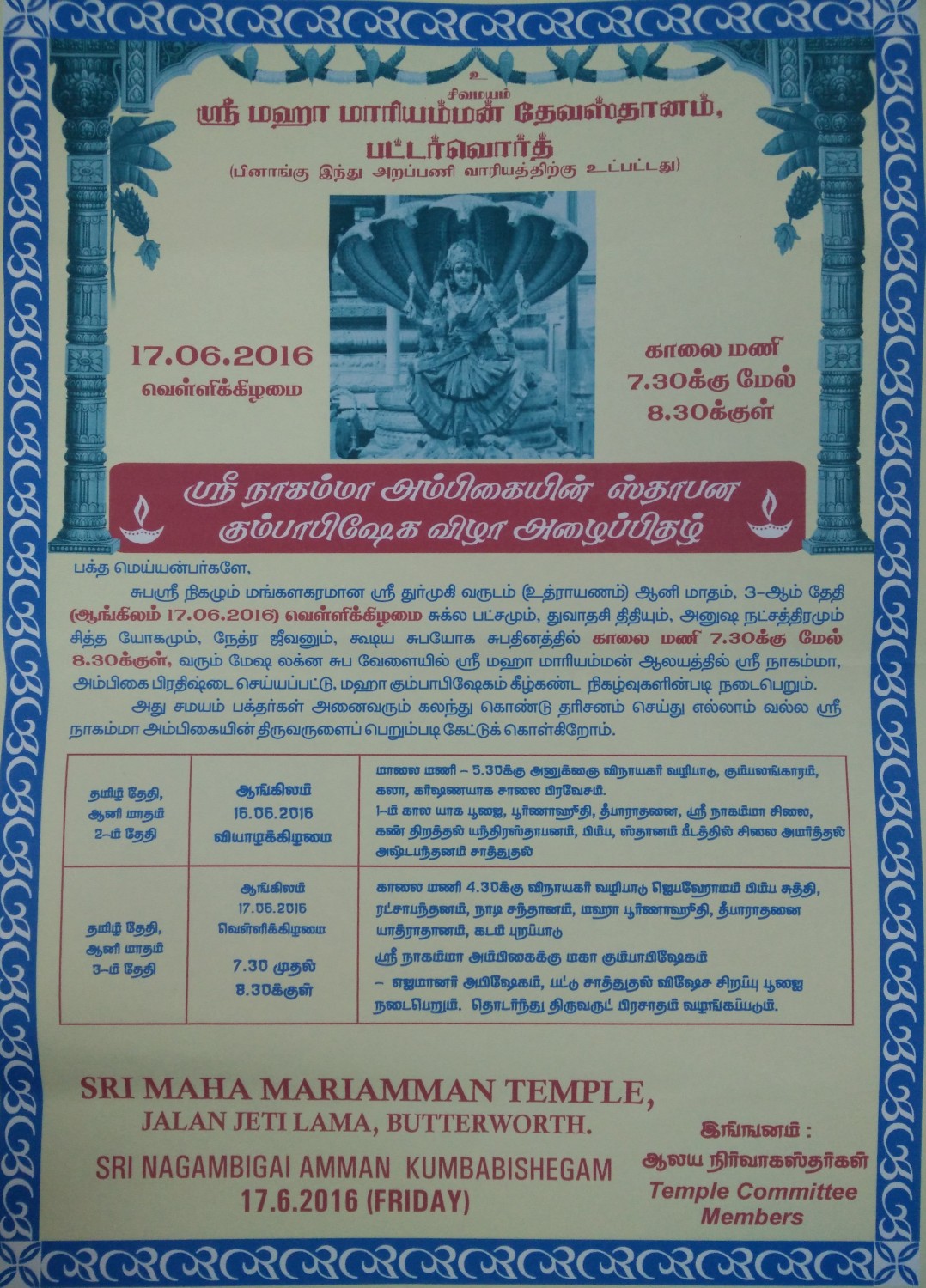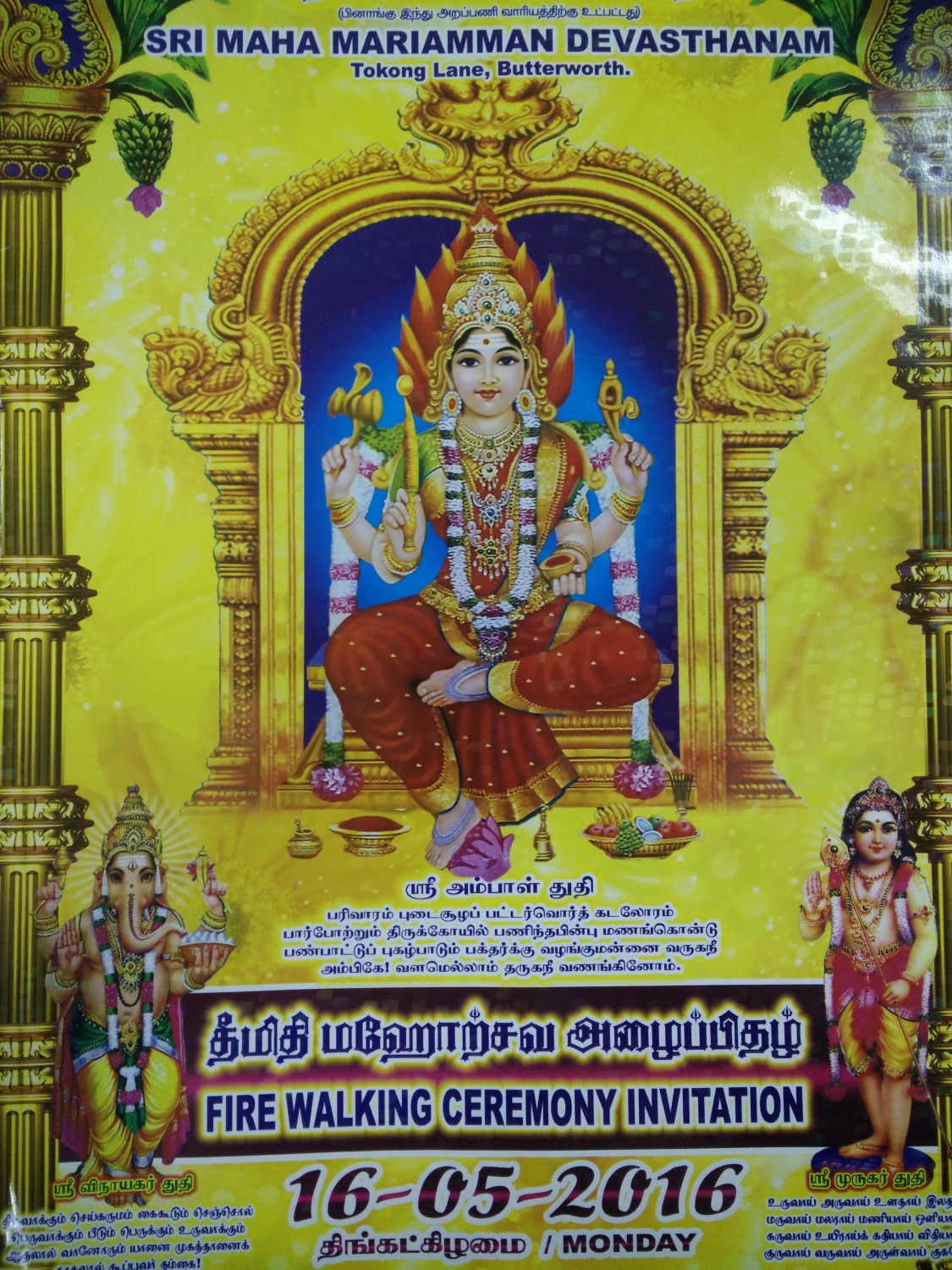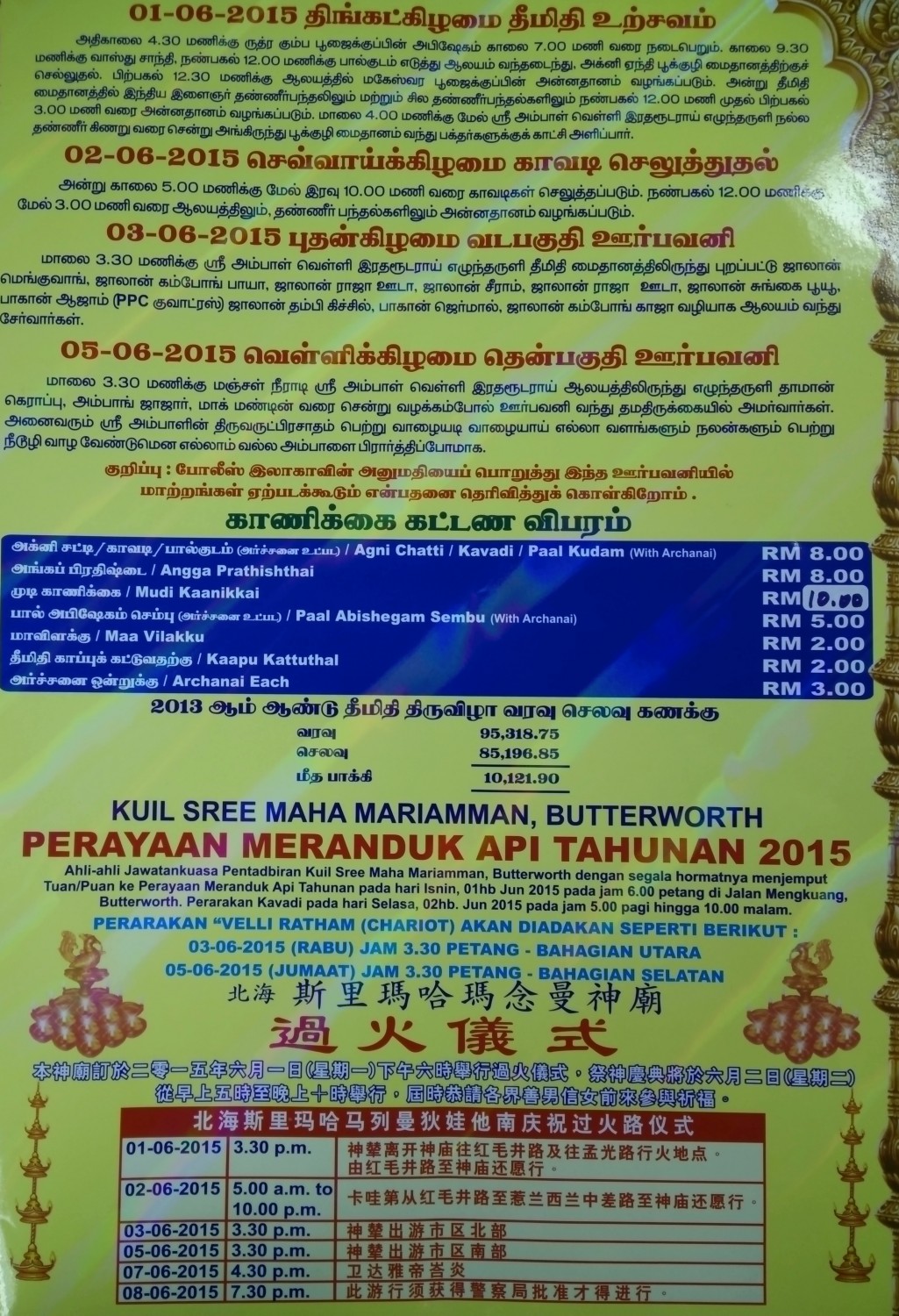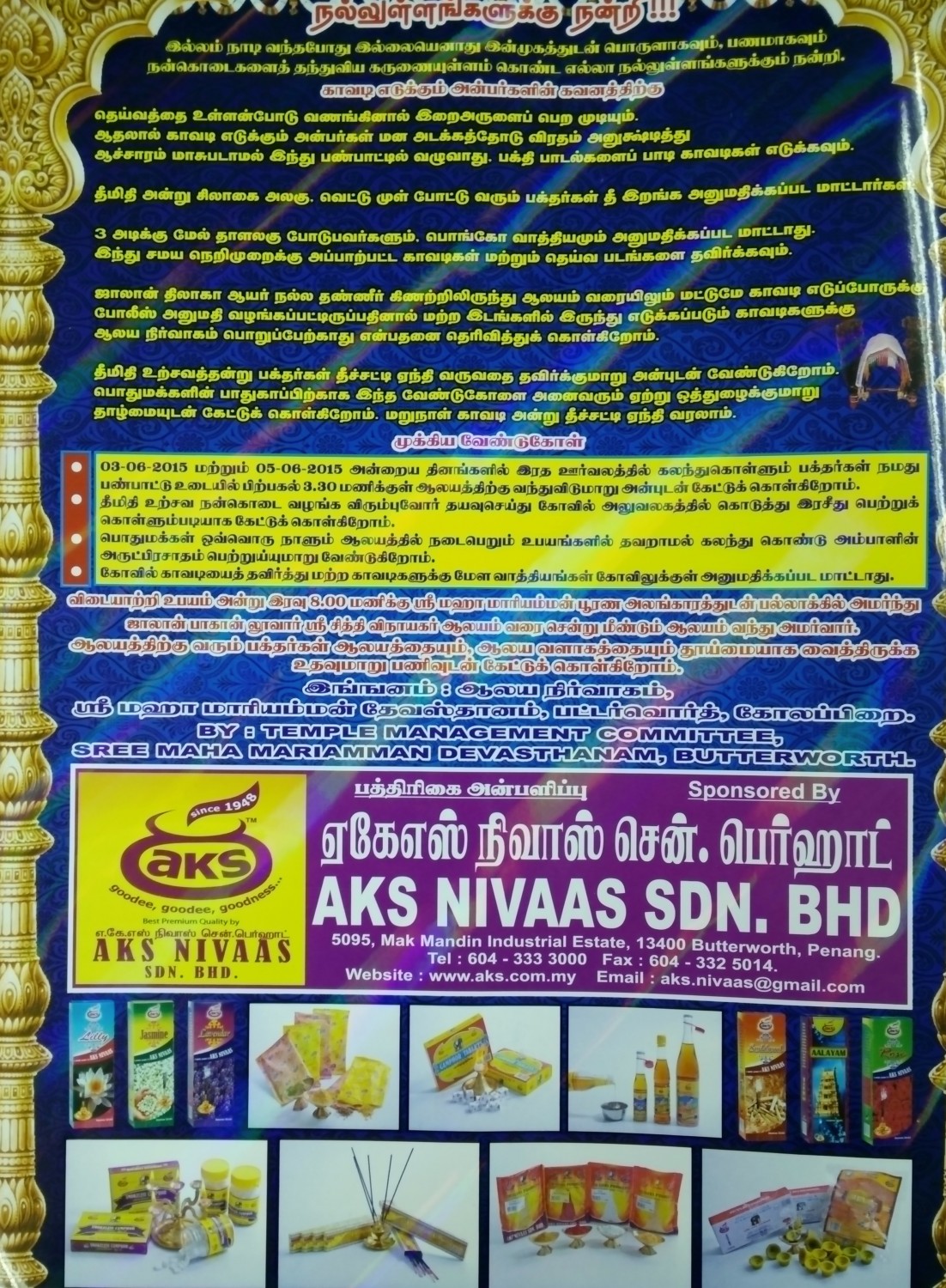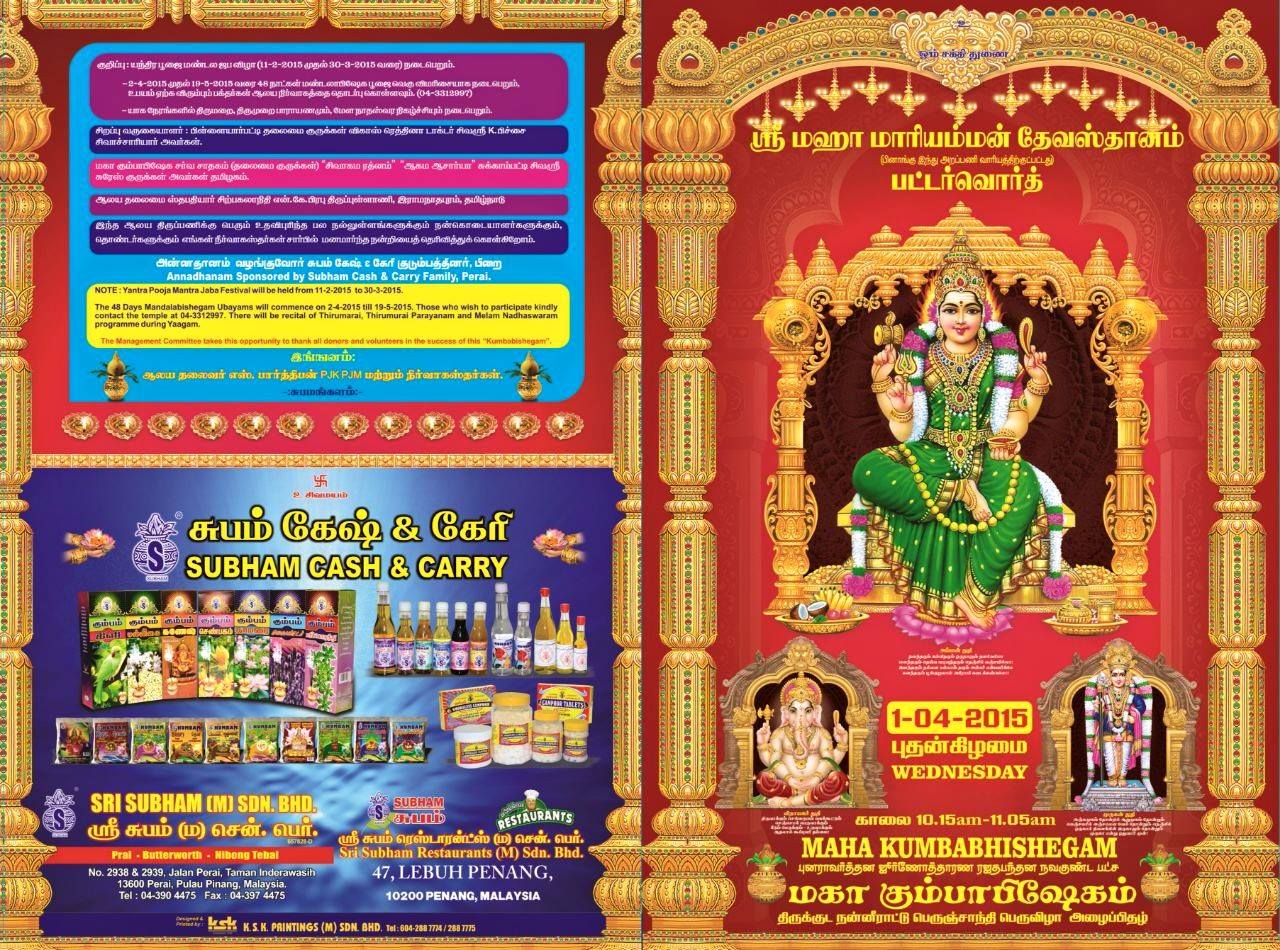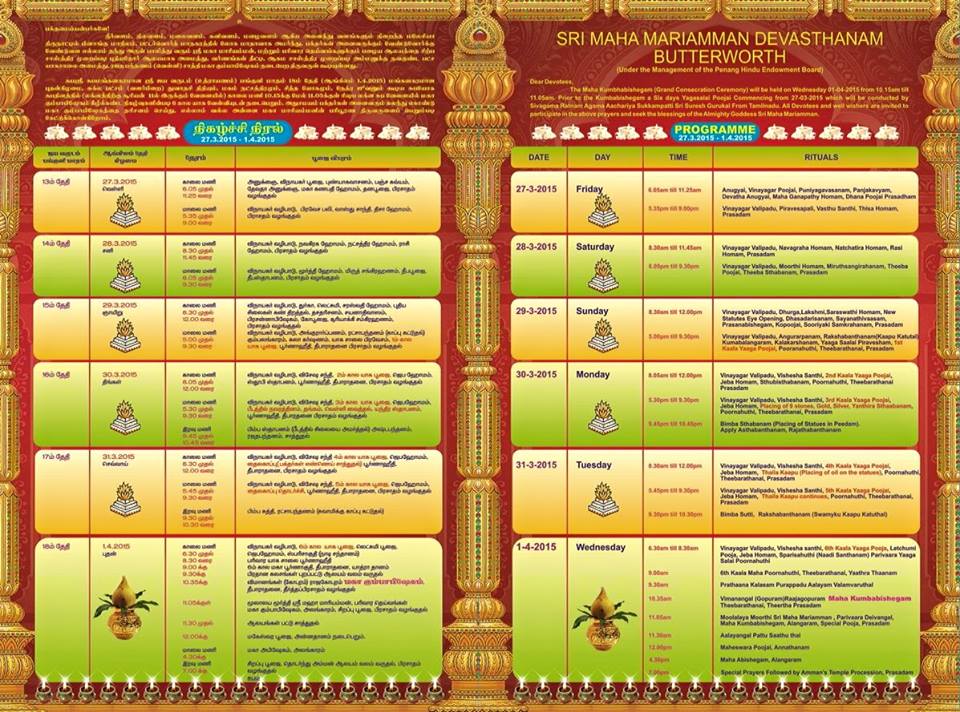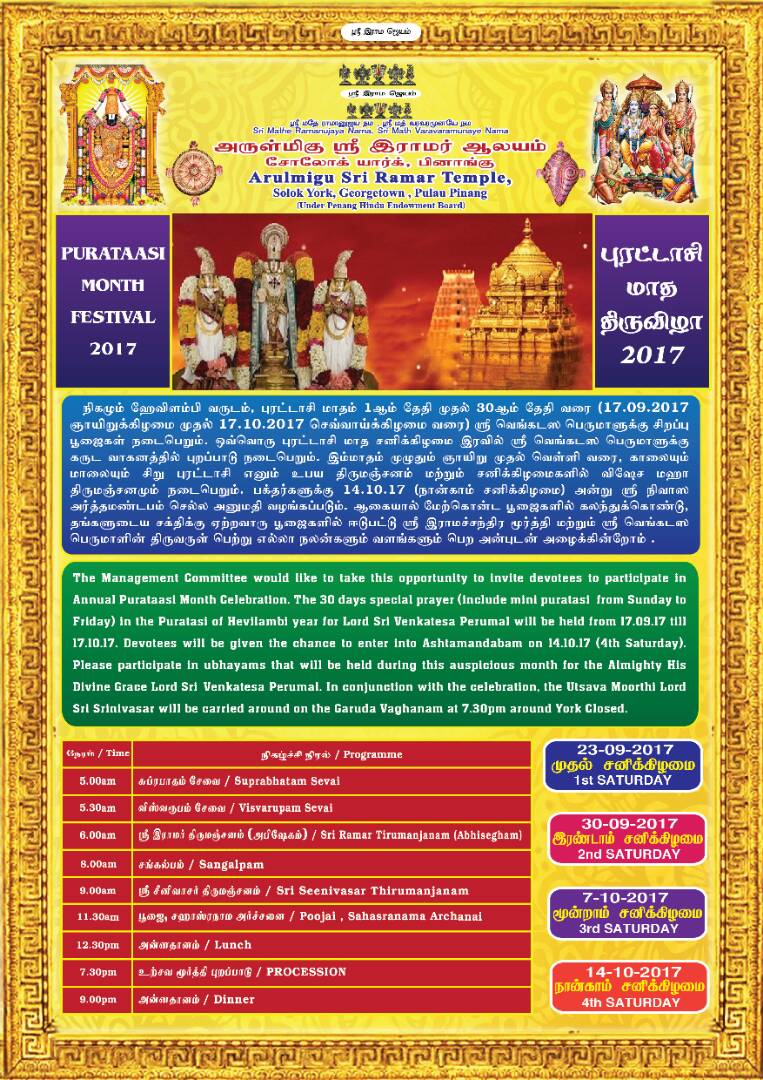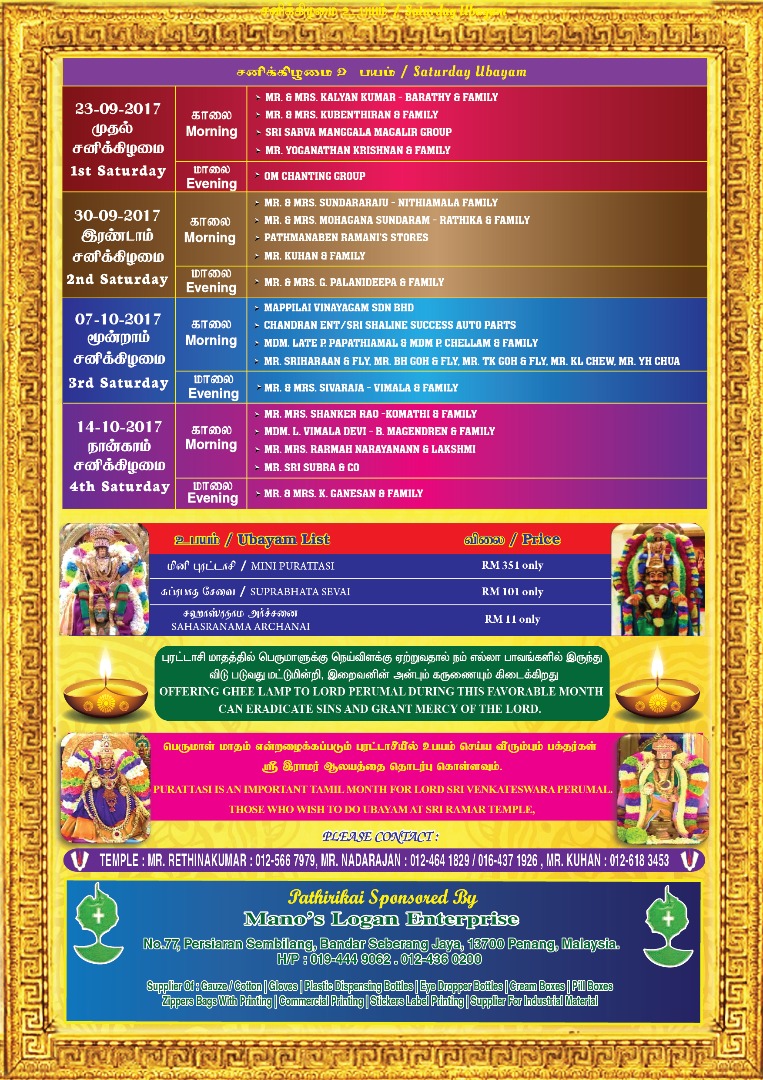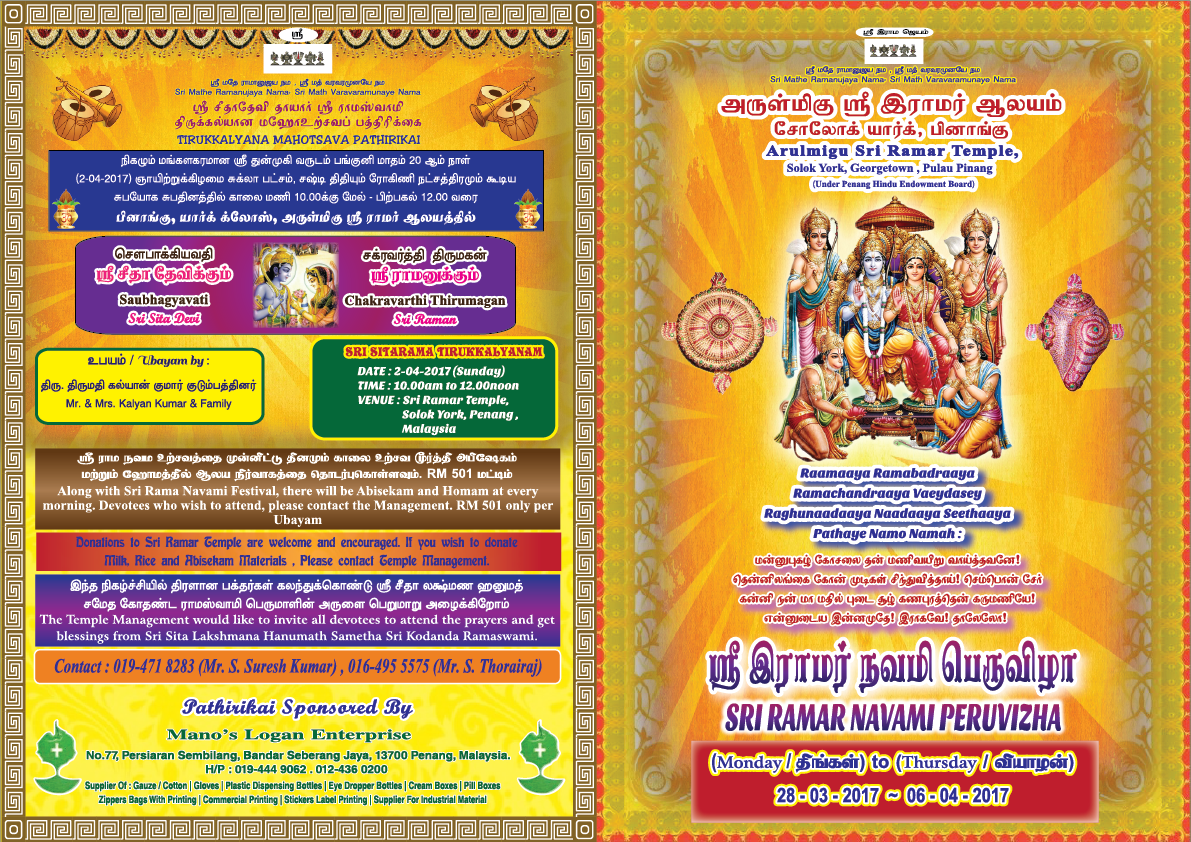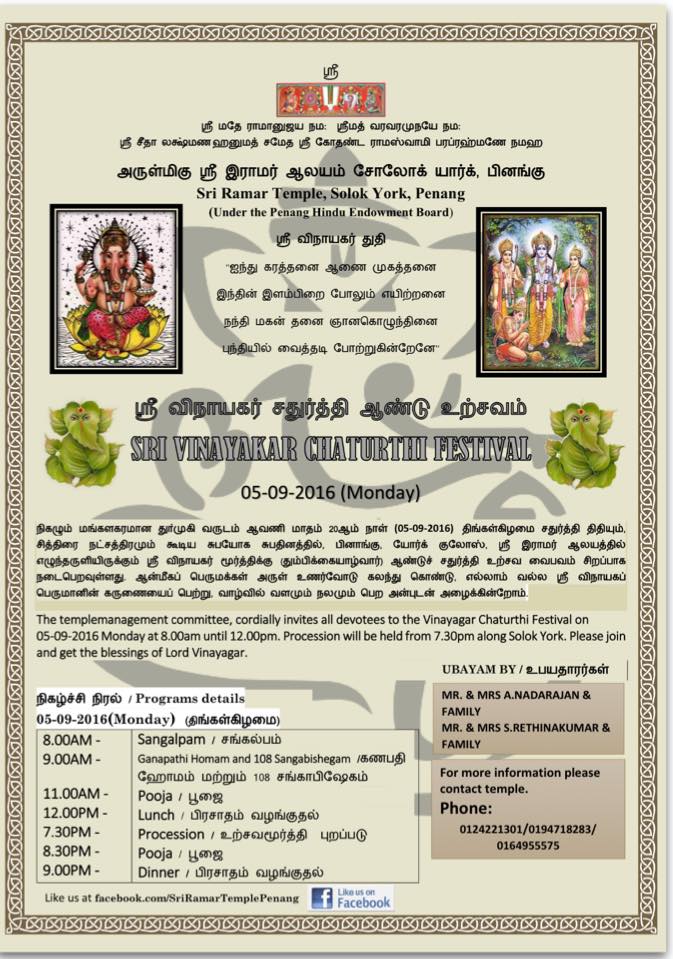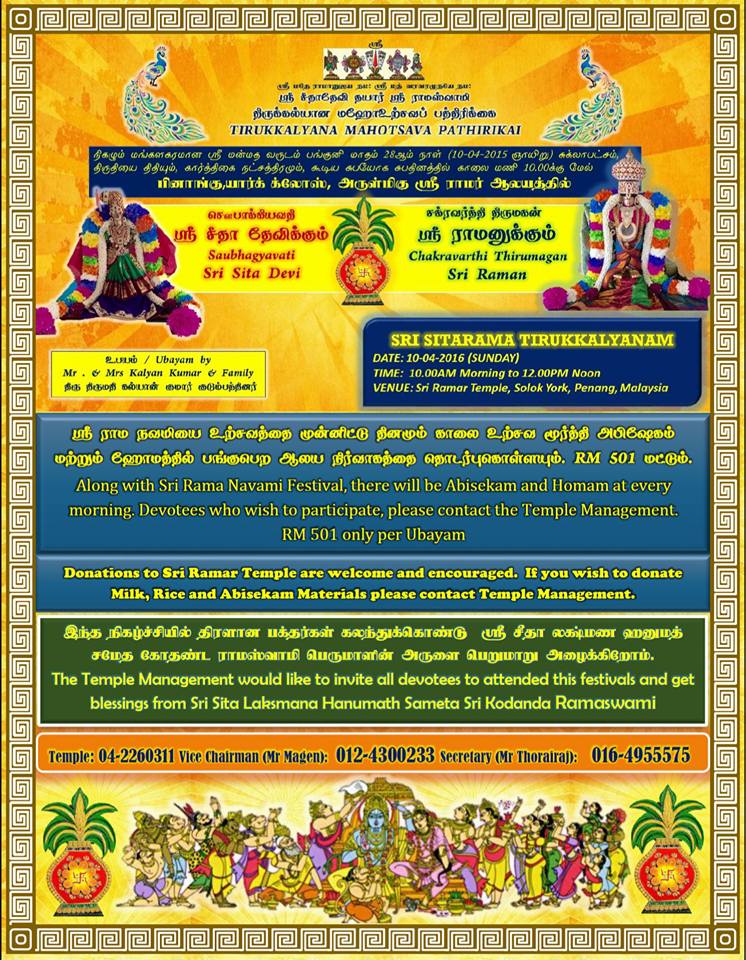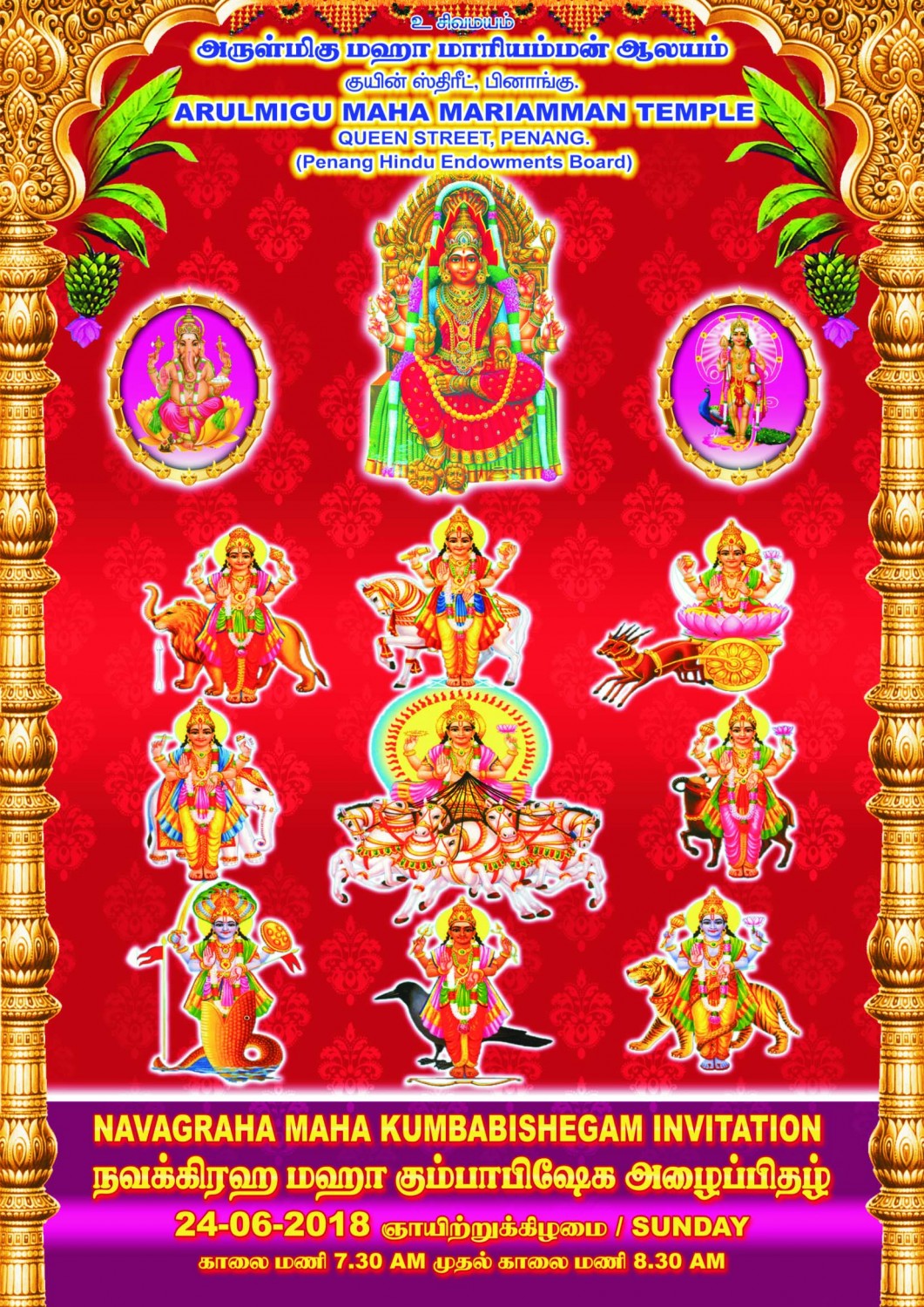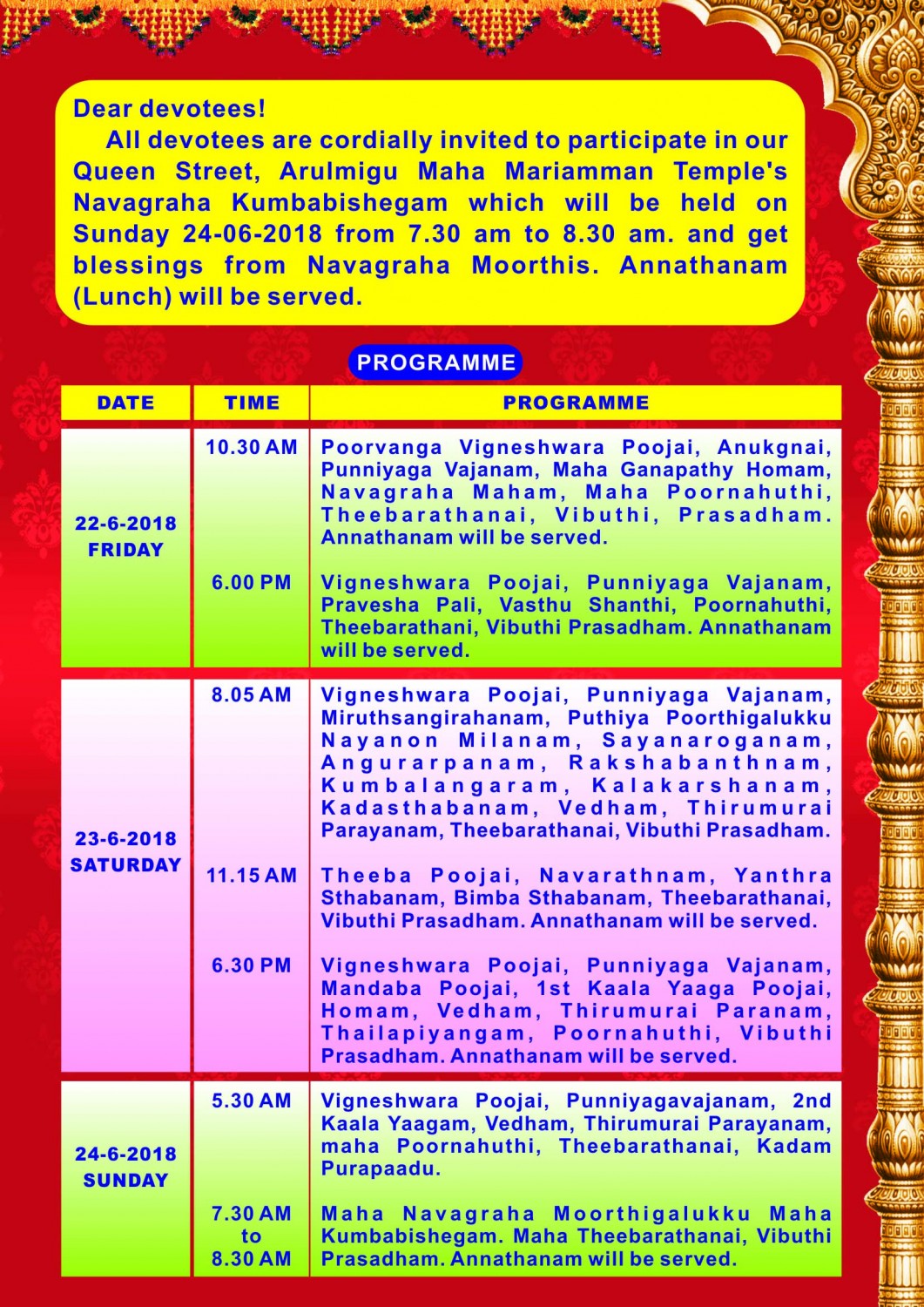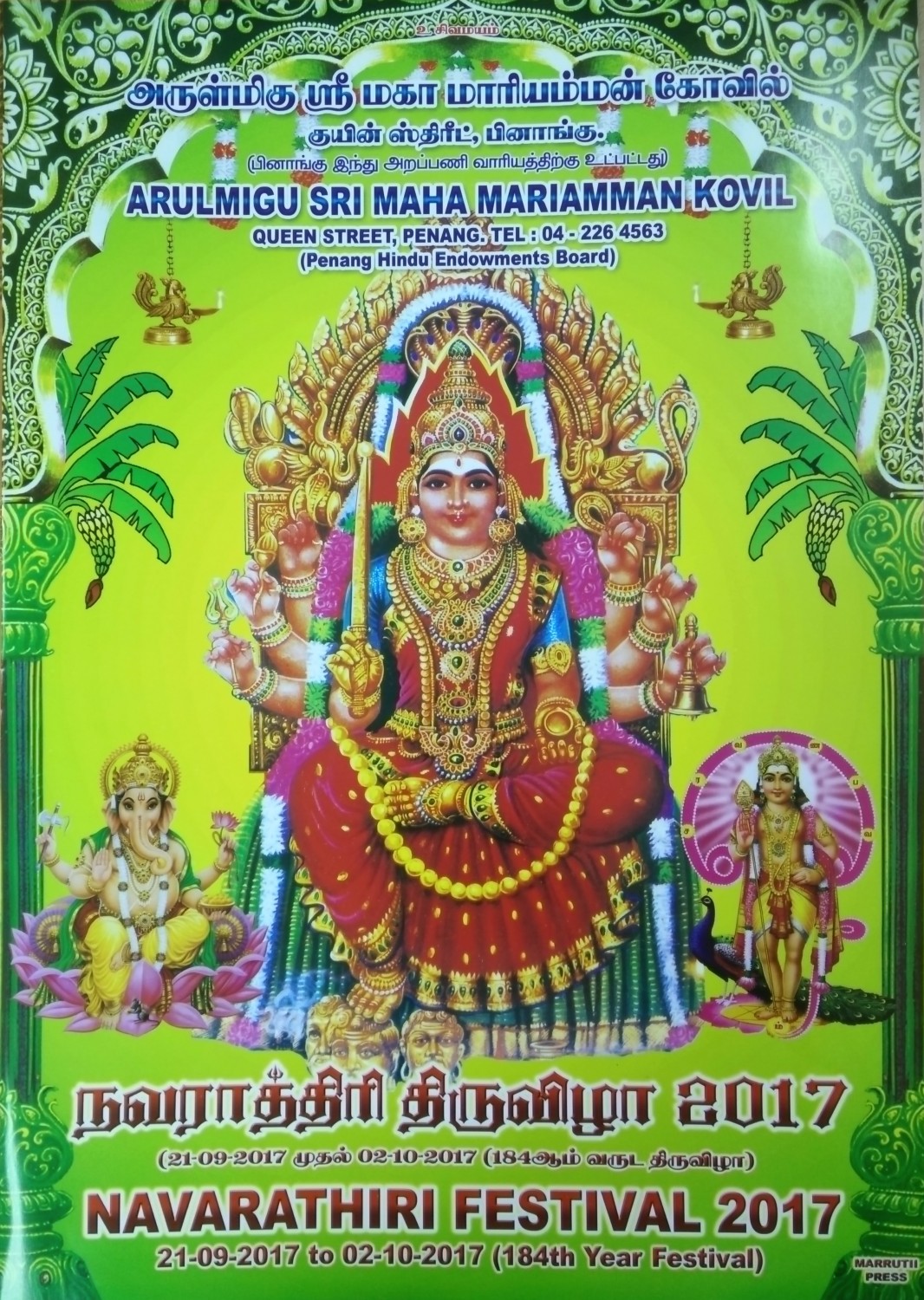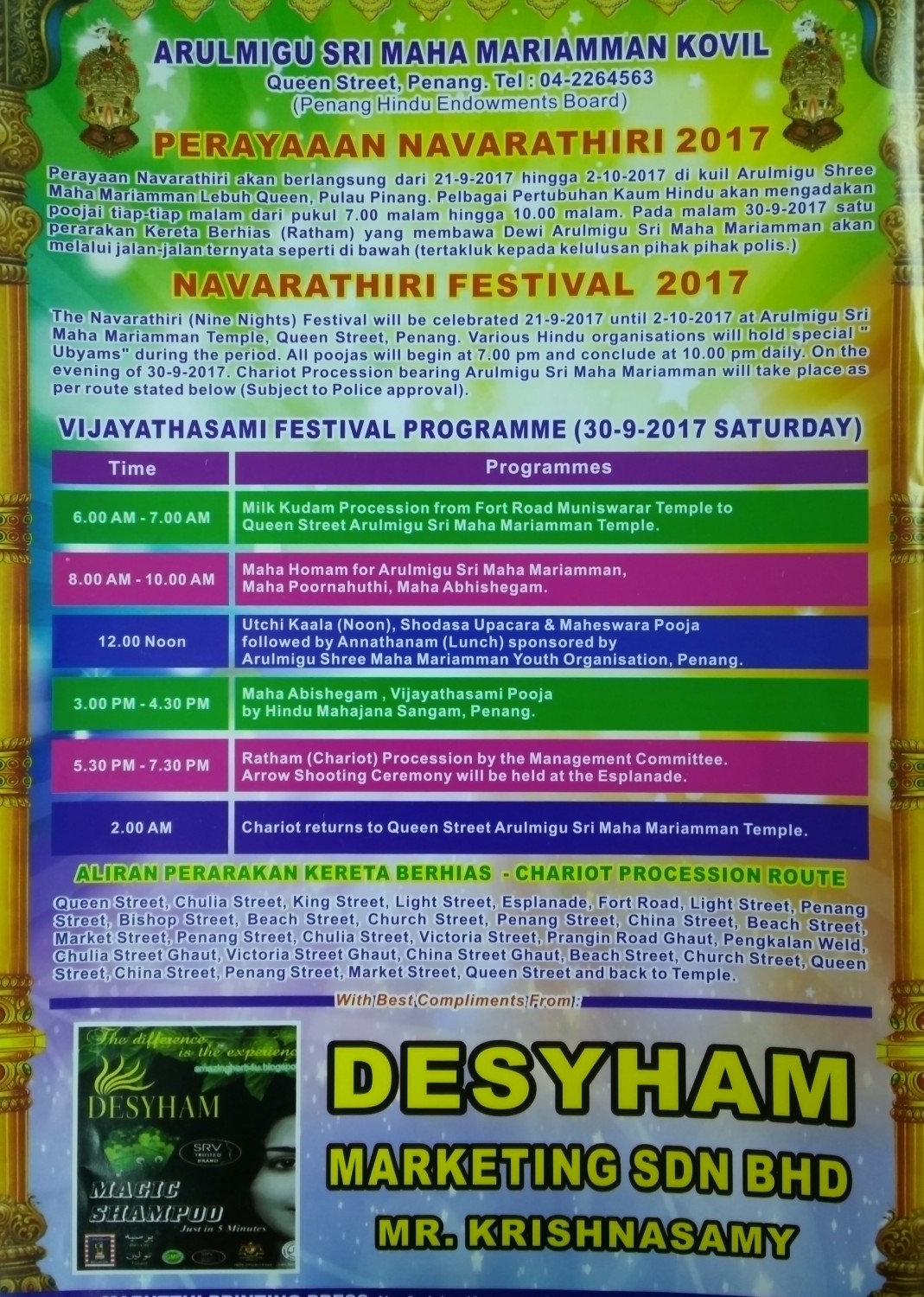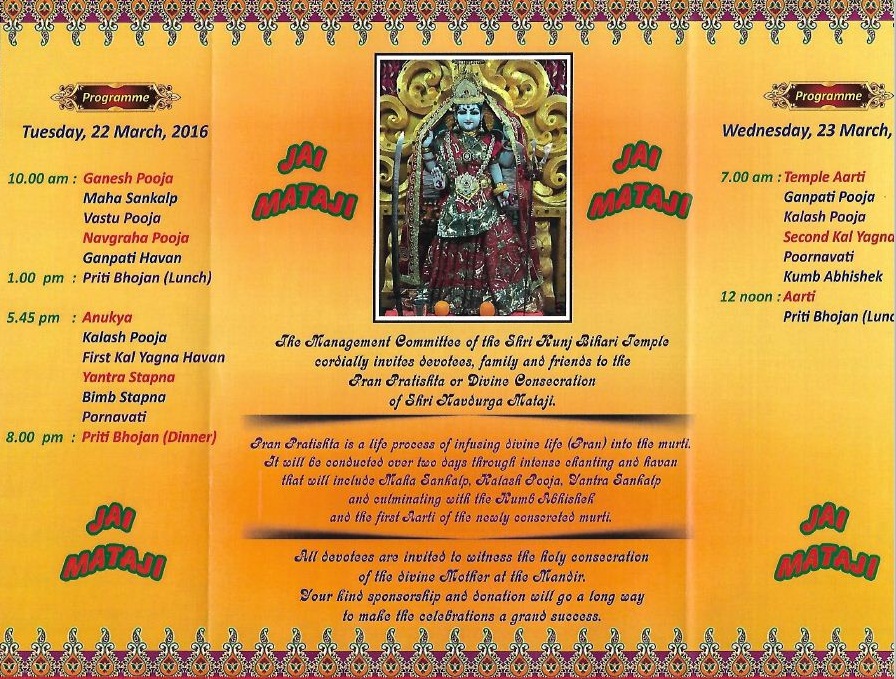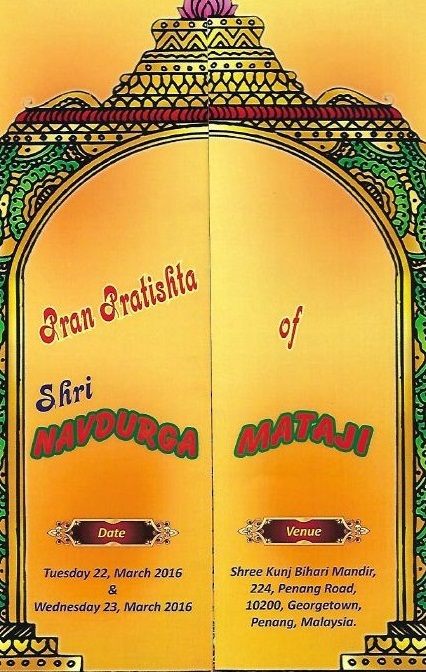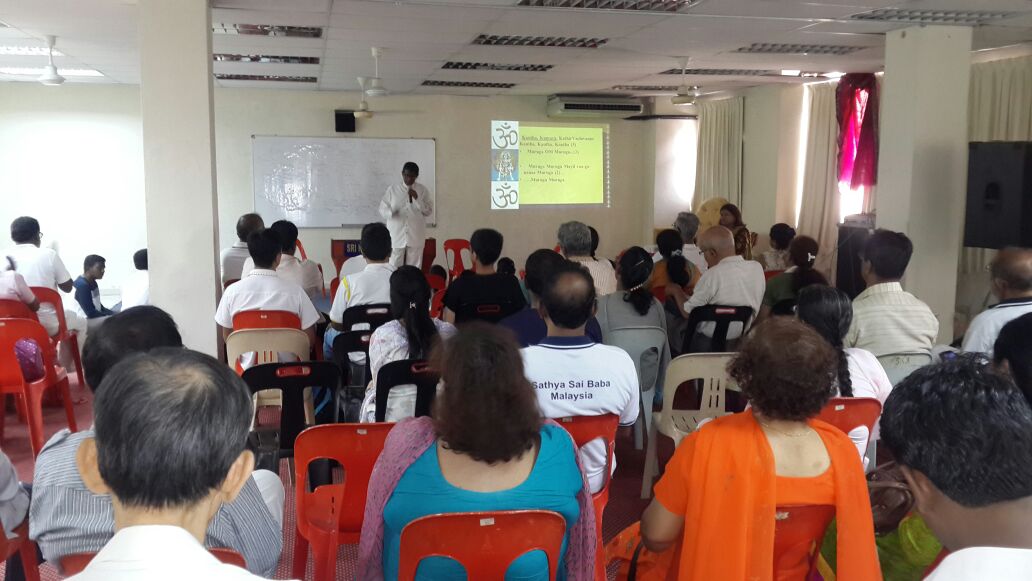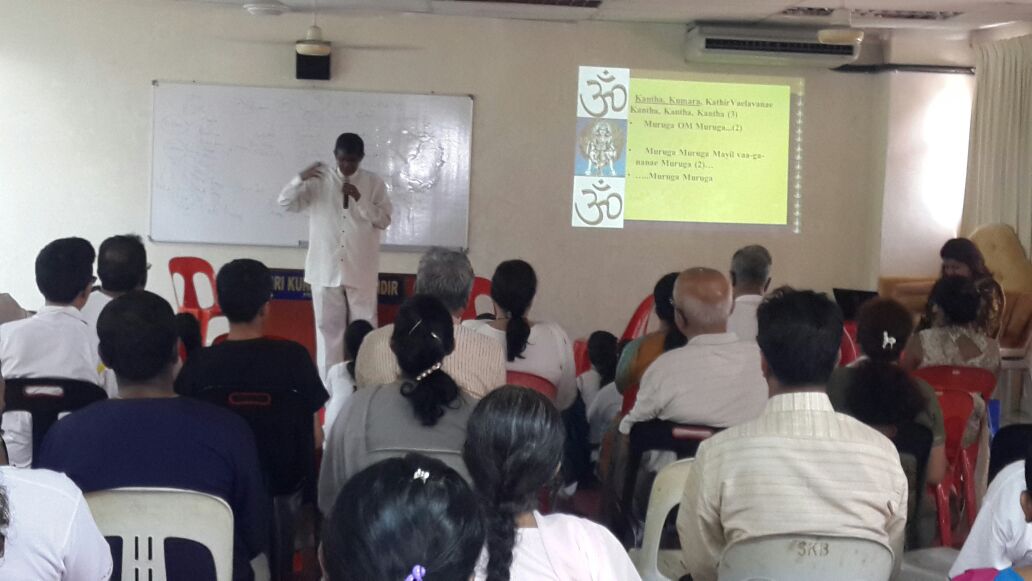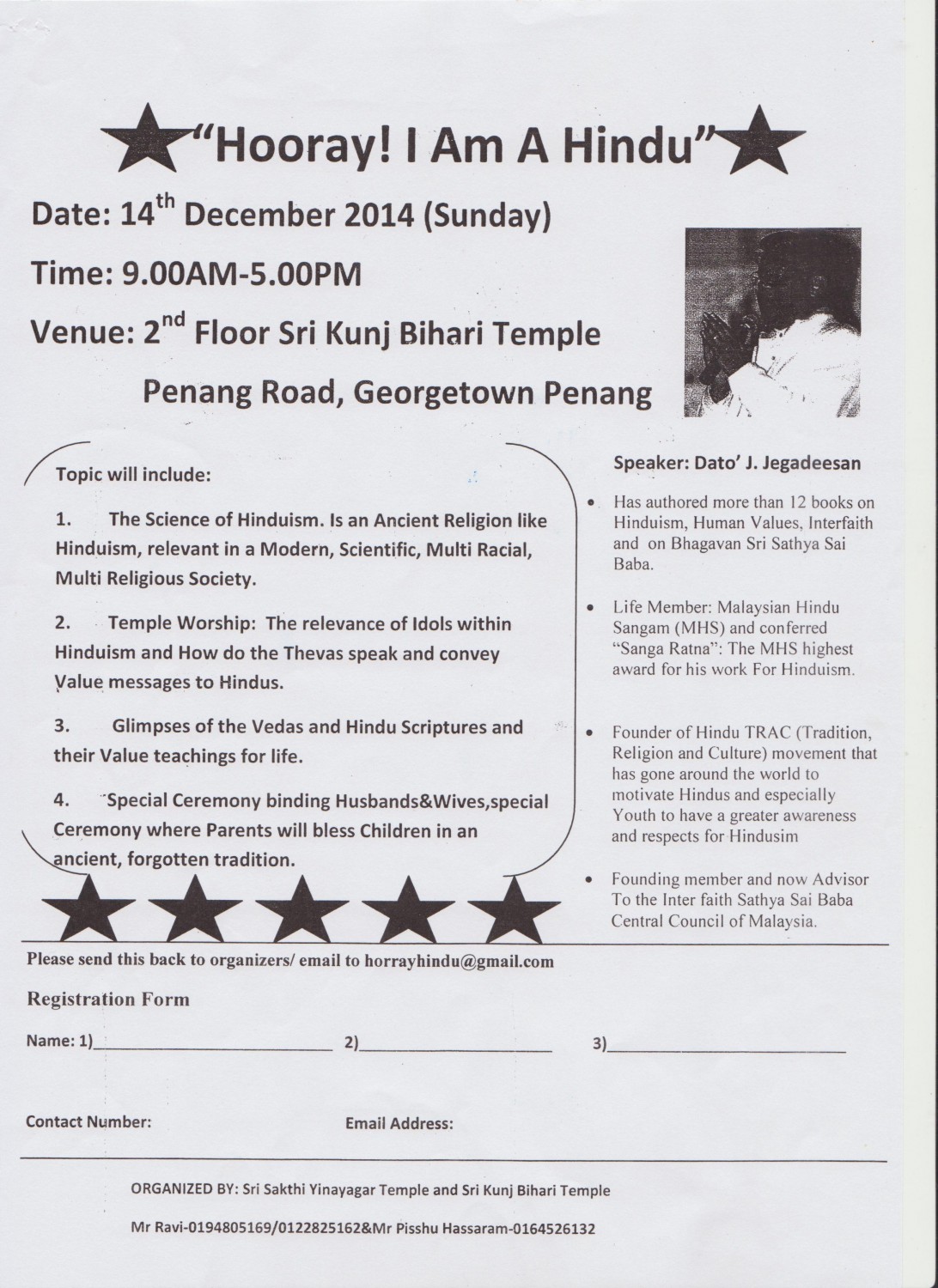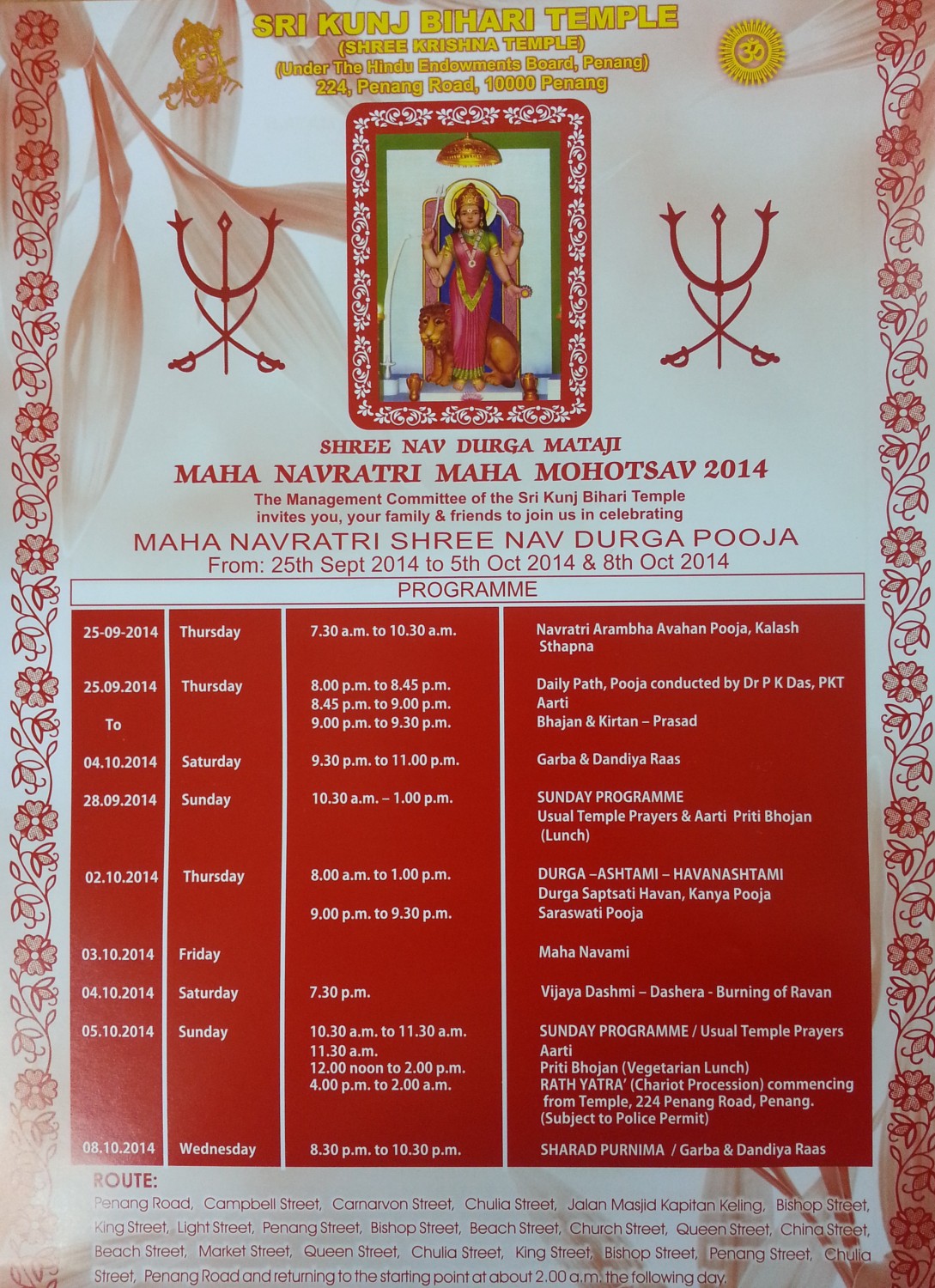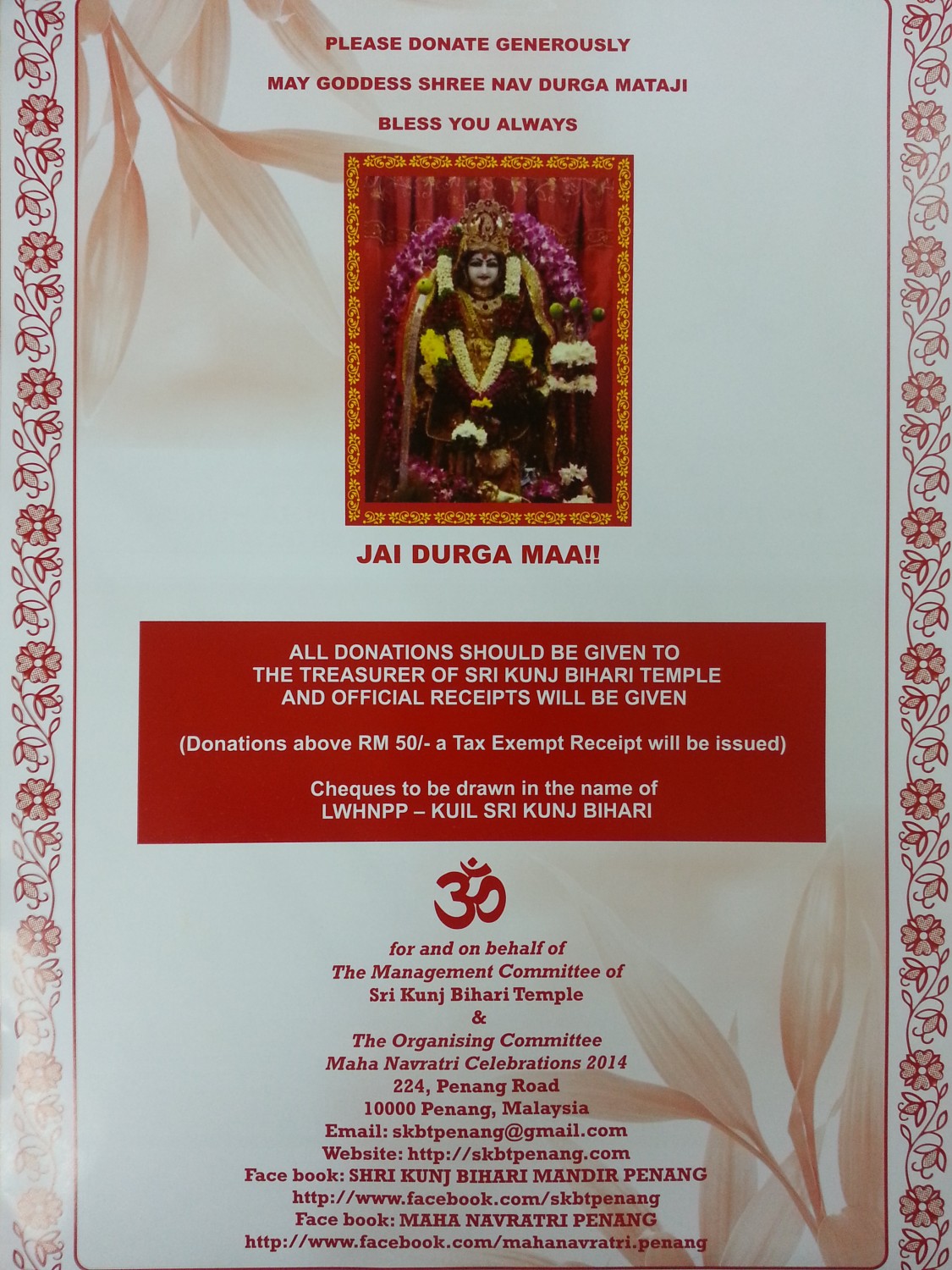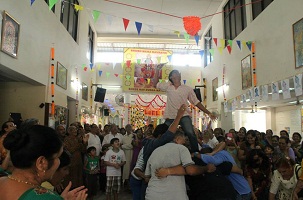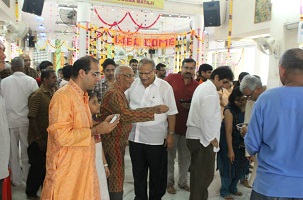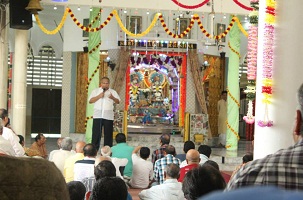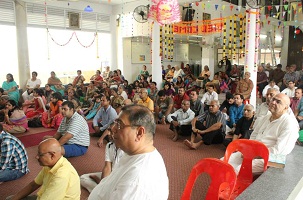Educational Aid & Scholarship Application
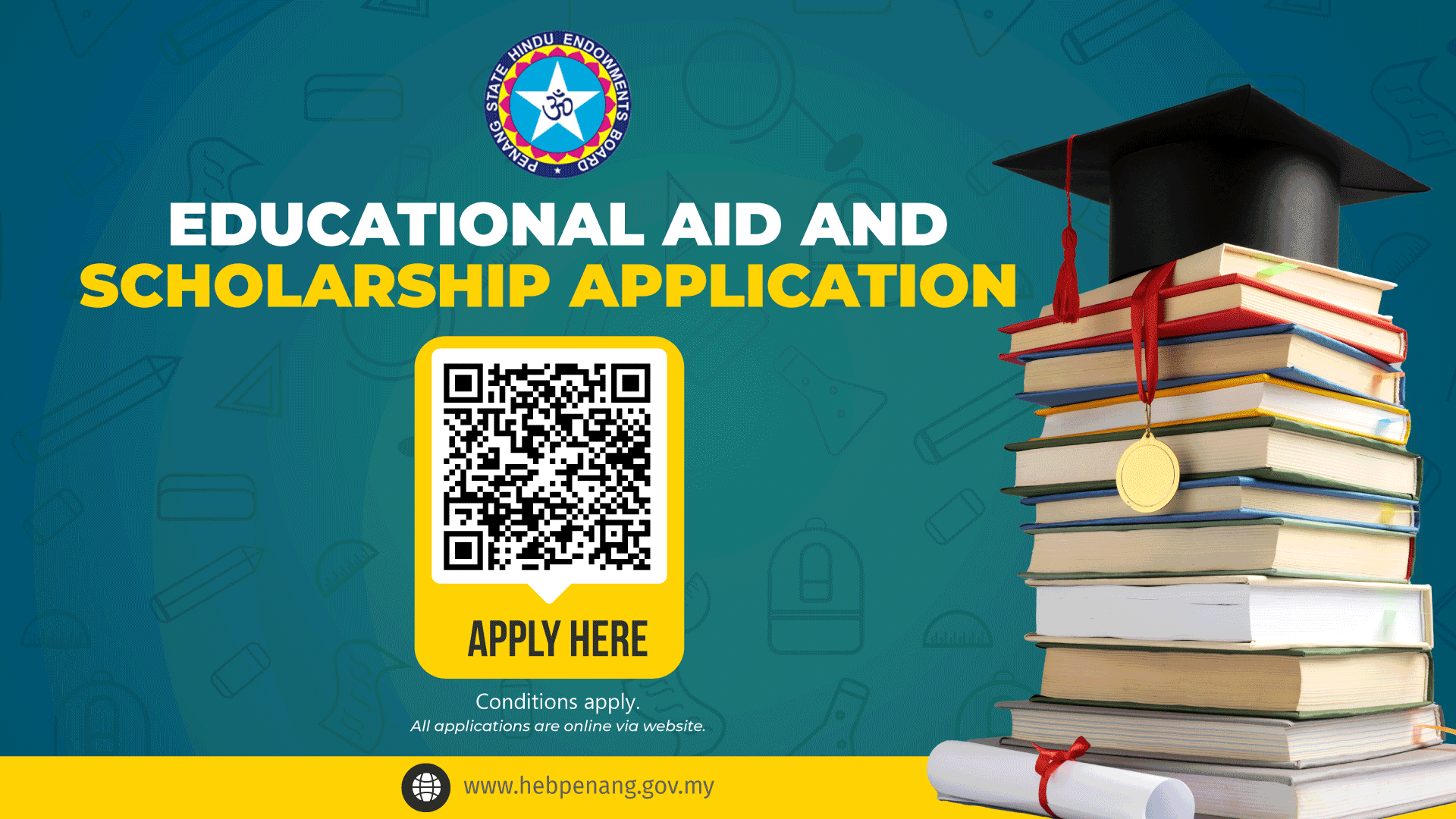
All Applications are online via website.
🎓 PHEB Education Aid & Scholarship Applications is open to eligible applicants throughout the year. The application is open to those categorized under B40 including those in need of assistance on a case-to-case basis. We encourage those in need to apply and approval is based on conditions stated in the application forms. For further details, please submit your complete application.
All decisions are made based on the Terms & Conditions outlined in the application form and governing policy.
🎓 Permohonan Bantuan Pendidikan & Biasiswa PHEB dibuka kepada pemohon yang layak sepanjang tahun. Permohonan terbuka kepada mereka yang dikategorikan di bawah B40 termasuk mereka yang memerlukan bantuan berdasarkan kes-ke-kes. Kami menggalakkan mereka yang memerlukan untuk memohon dan kelulusan adalah berdasarkan syarat yang dinyatakan dalam borang permohonan. Untuk butiran lanjut, sila hantar permohonan lengkap anda.
Semua keputusan dibuat berdasarkan Terma & Syarat yang dinyatakan dalam borang permohonan dan polisi berkaitan.
🎓PHEB கல்வி உதவித்தொகை மற்றும் ஸ்காலர்ஷிப் விண்ணப்பங்கள் ஆண்டு முழுவதும், தகுதியுடையவர்களுக்கு திறந்துவைக்கப்பட்டுள்ளது. B40 வகைபட்டவர்களும், அதோடு, தனிப்பட்ட விடயங்களின் அடிப்படையில் உதவி தேவைப்படுகிறவர்களும் இந்த உதவிக்கு விண்ணப்பிக்கலாம். உதவித் தொகை தேவைப்படுகிற அனைவரும் விண்ணப்பிக்க உறுதியாகவும் ஊக்குவிக்கப்படுகிறார்கள். விண்ணப்பத்தில் குறிப்பிடப்பட்டுள்ள நிபந்தனைகளின் அடிப்படையில் தான் ஒப்புதல் வழங்கப்படும்.
மேலும் விவரங்களுக்கு, உங்கள் முழுமையான விண்ணப்பத்தை சமர்ப்பிக்கவும்.
அனைத்து முடிவுகளும் விண்ணப்பப் படிவத்தில் கூறப்பட்ட விதிமுறைகள் மற்றும் அறப்பணி வாரியத்தின் கோட்பாட்டின் அடிப்படையிலேயே மேற்கொள்ளப்படும் என்பதனை அன்புடன் அறியத் தருகின்றோம்.

